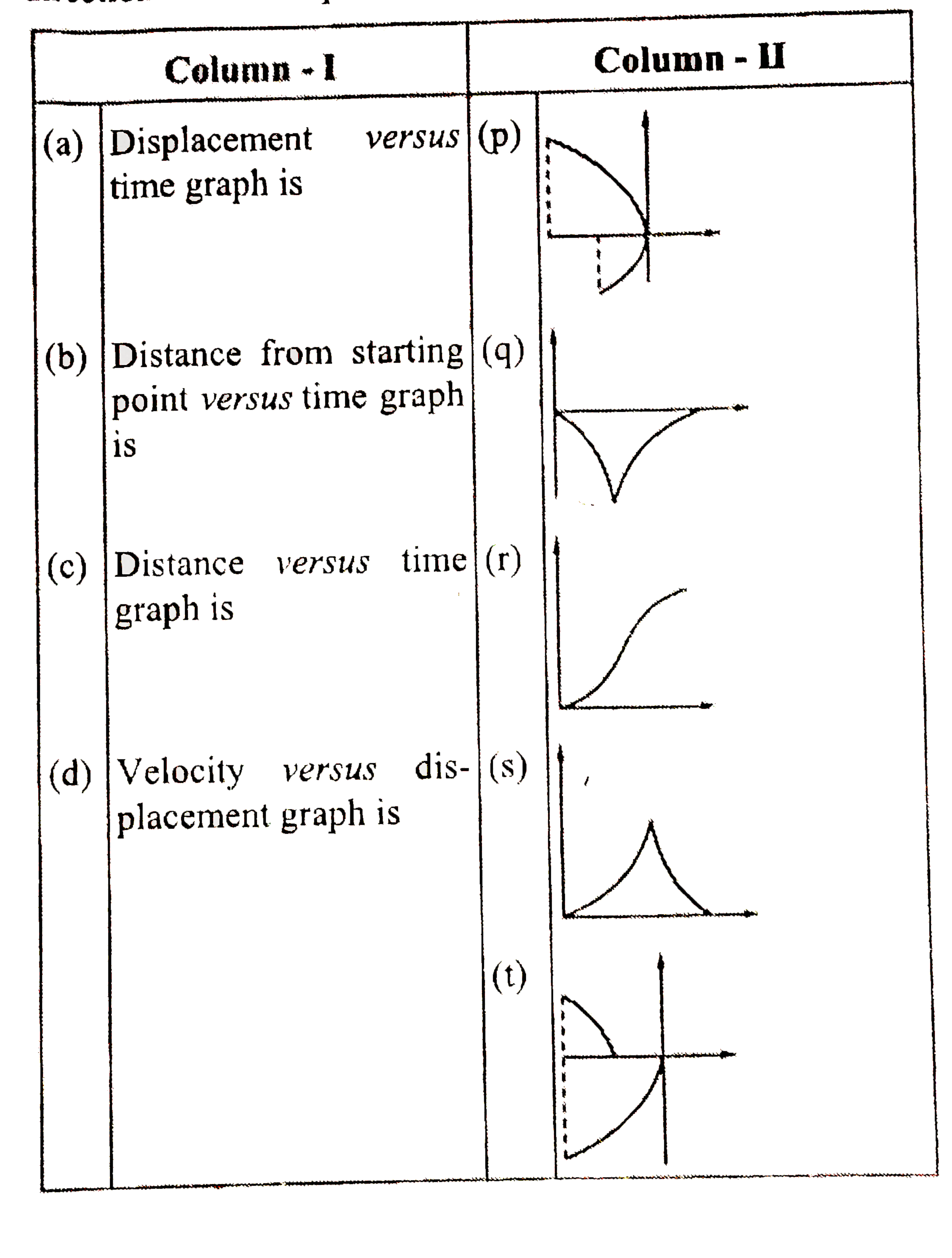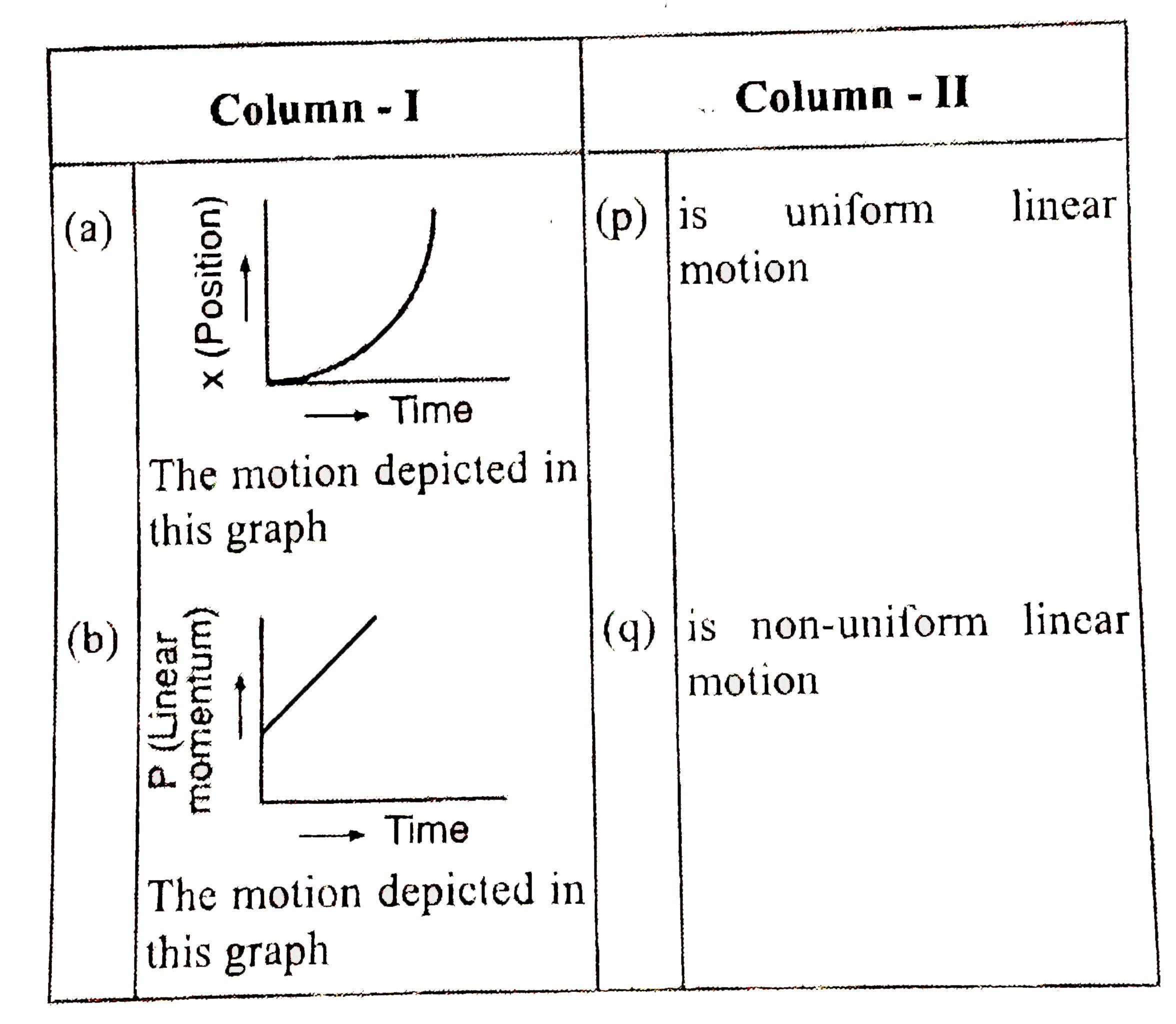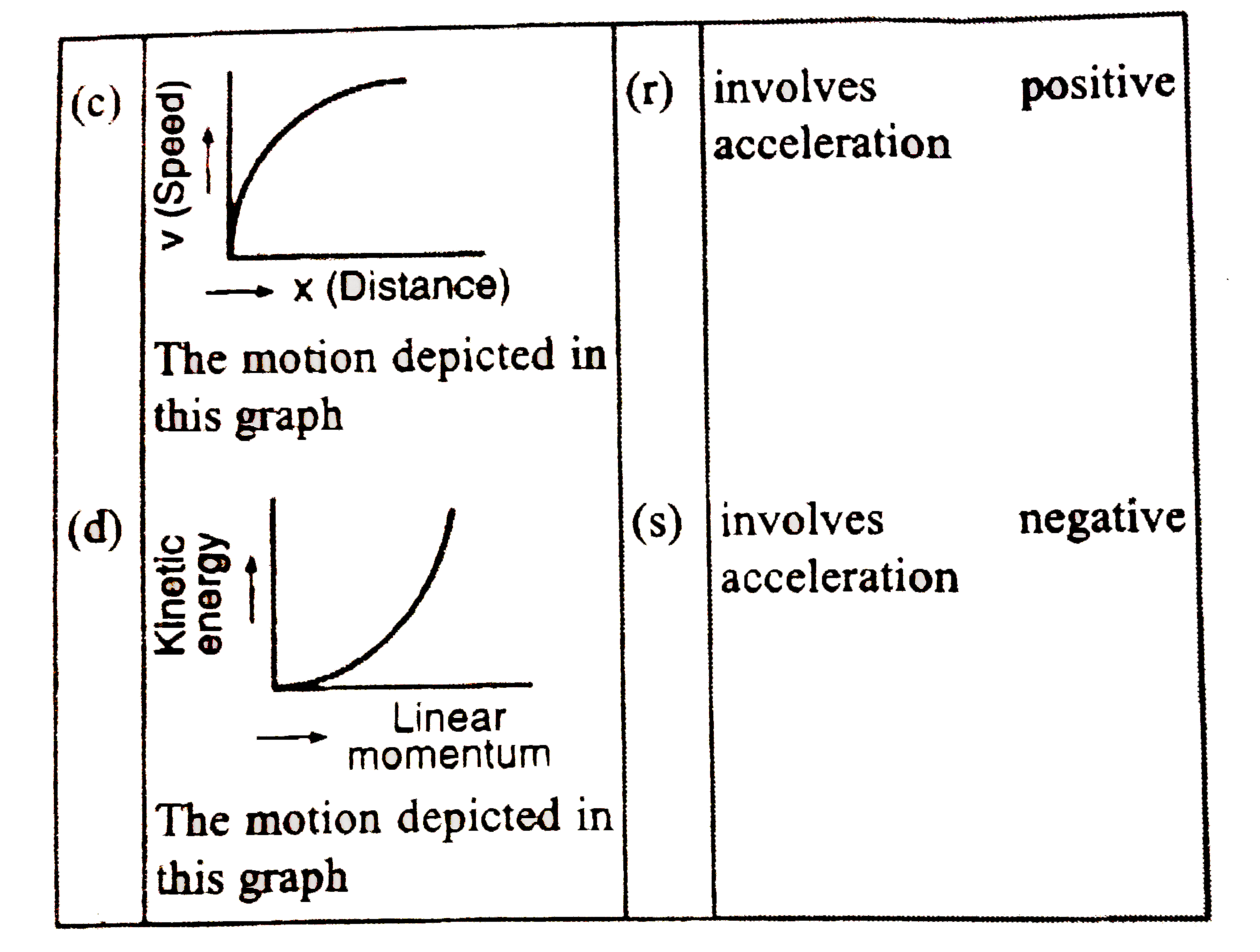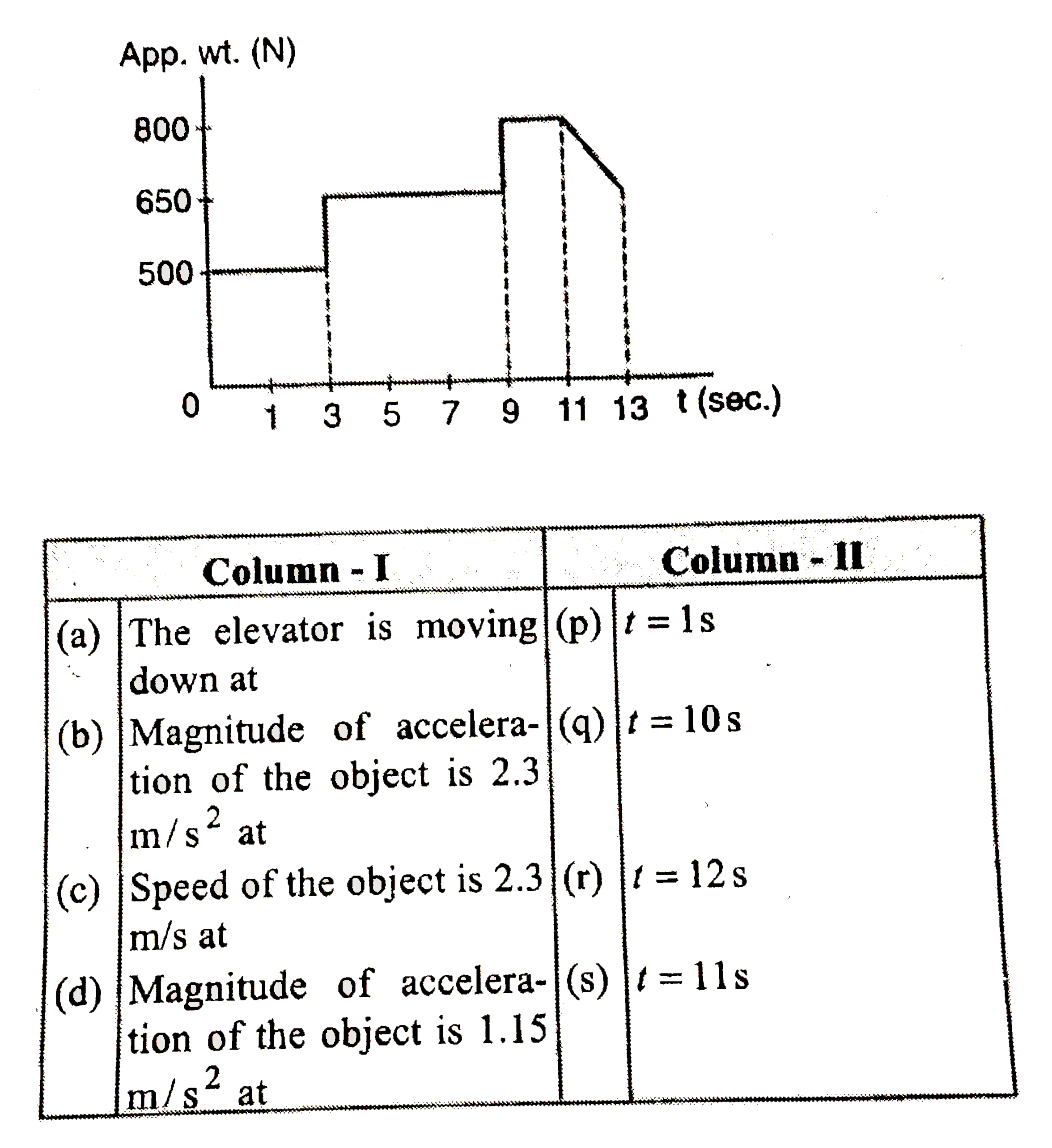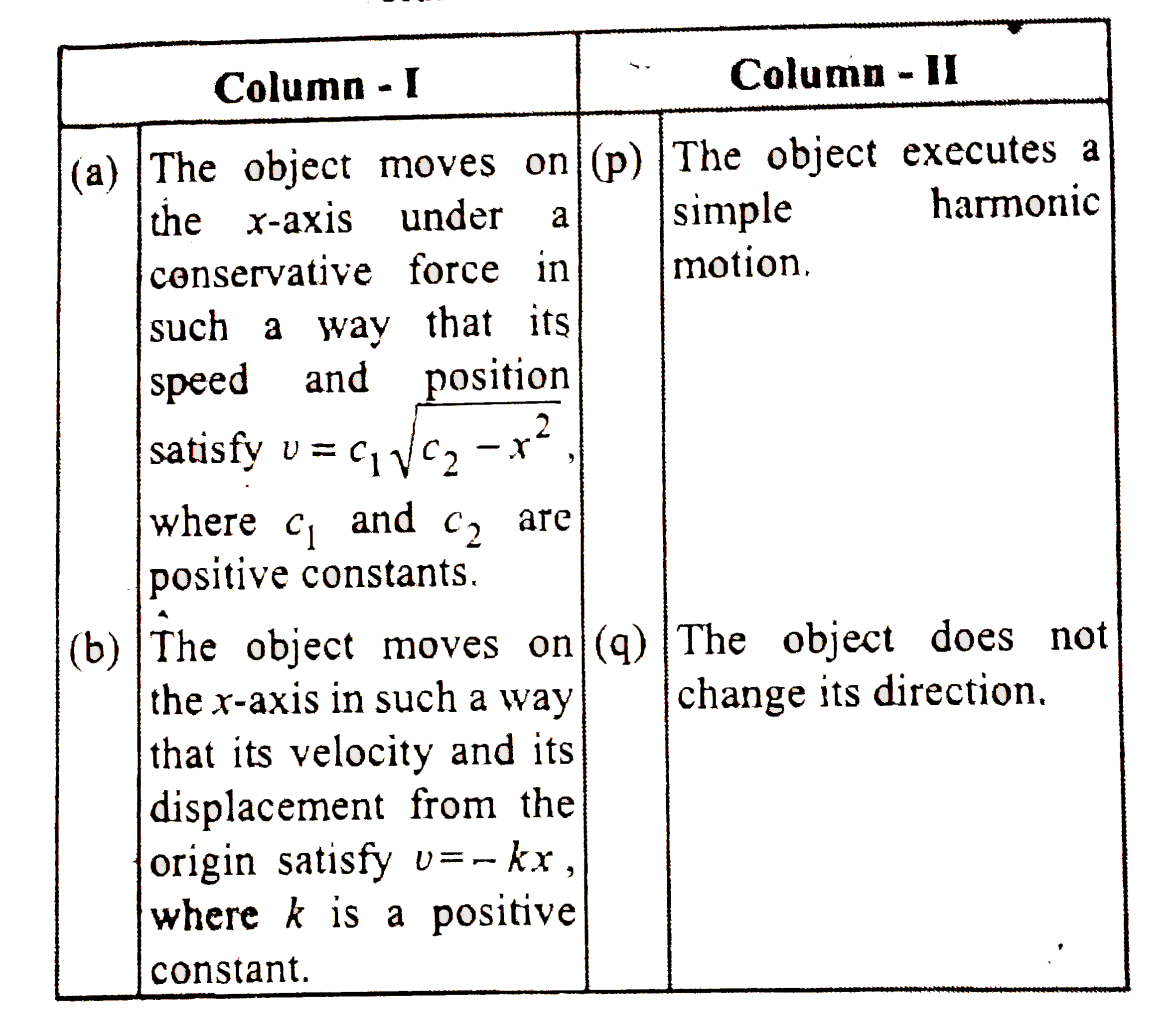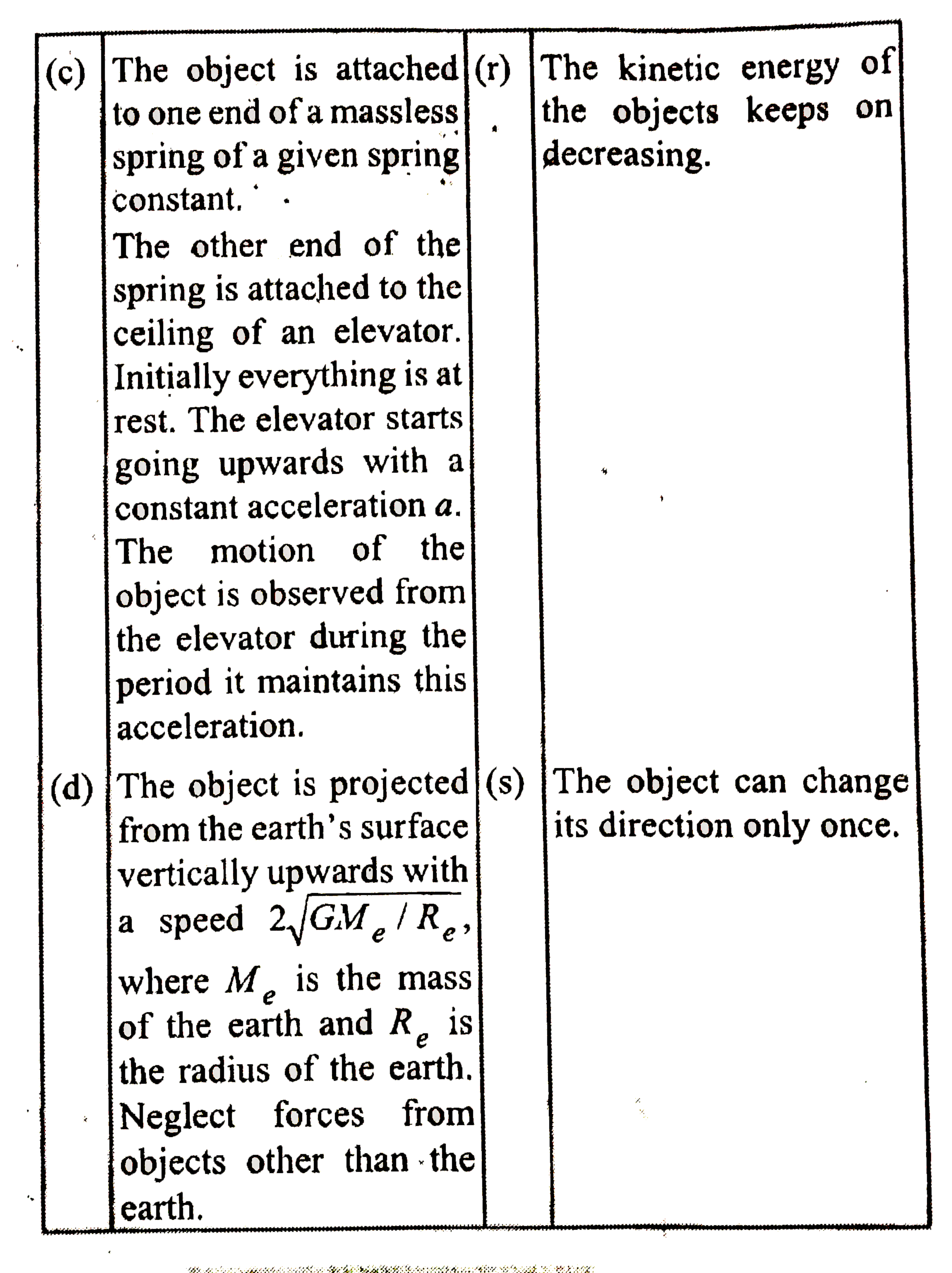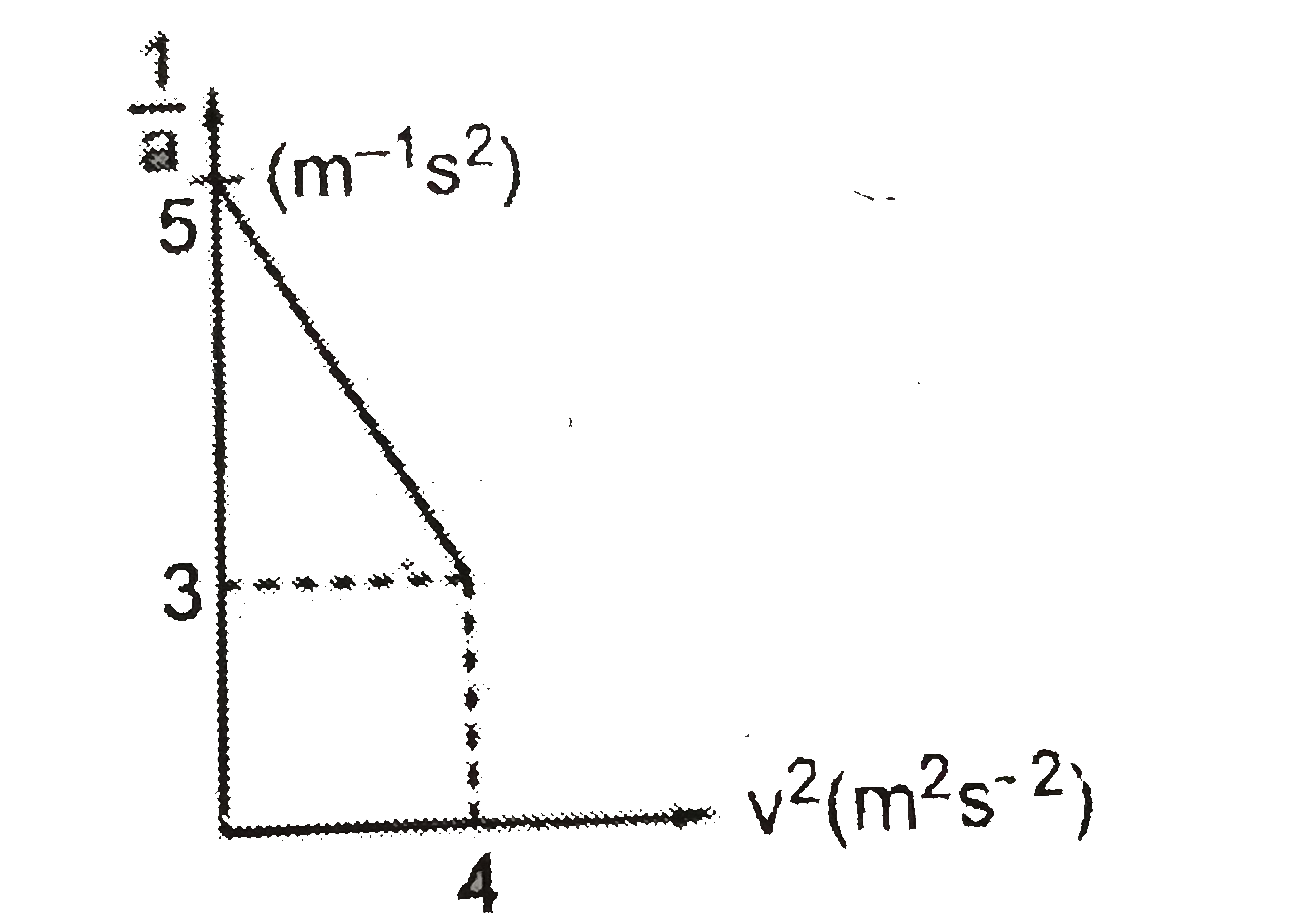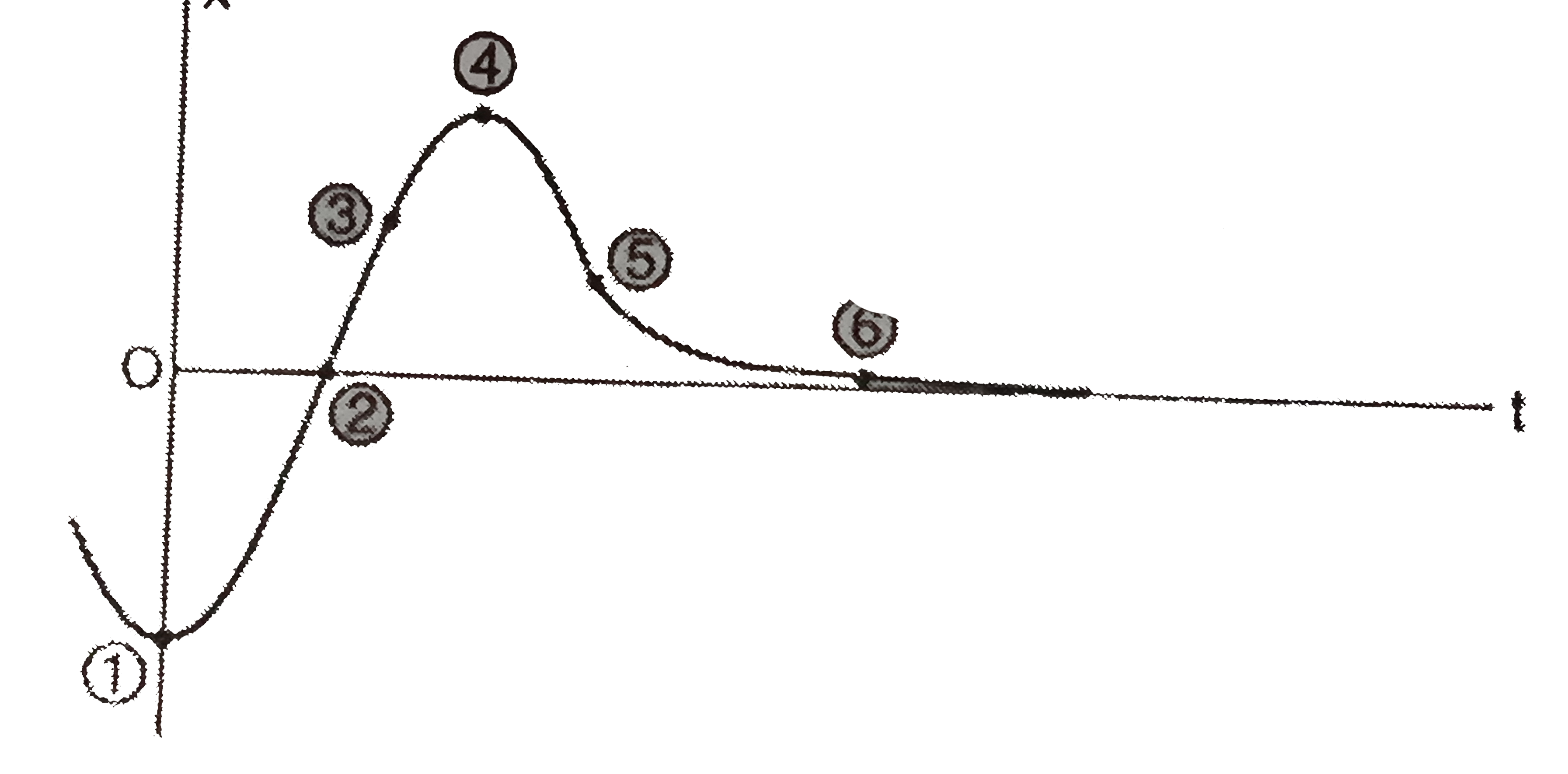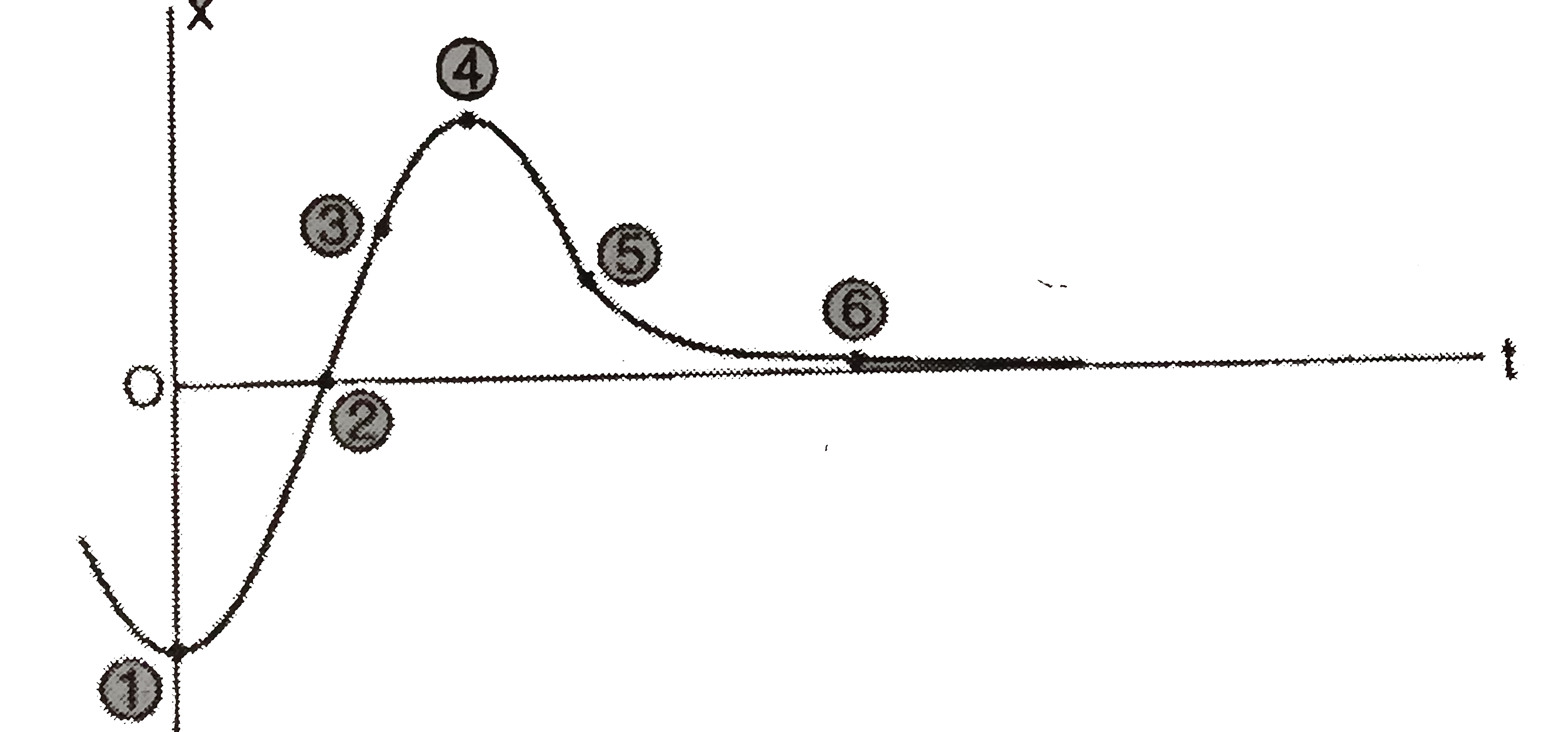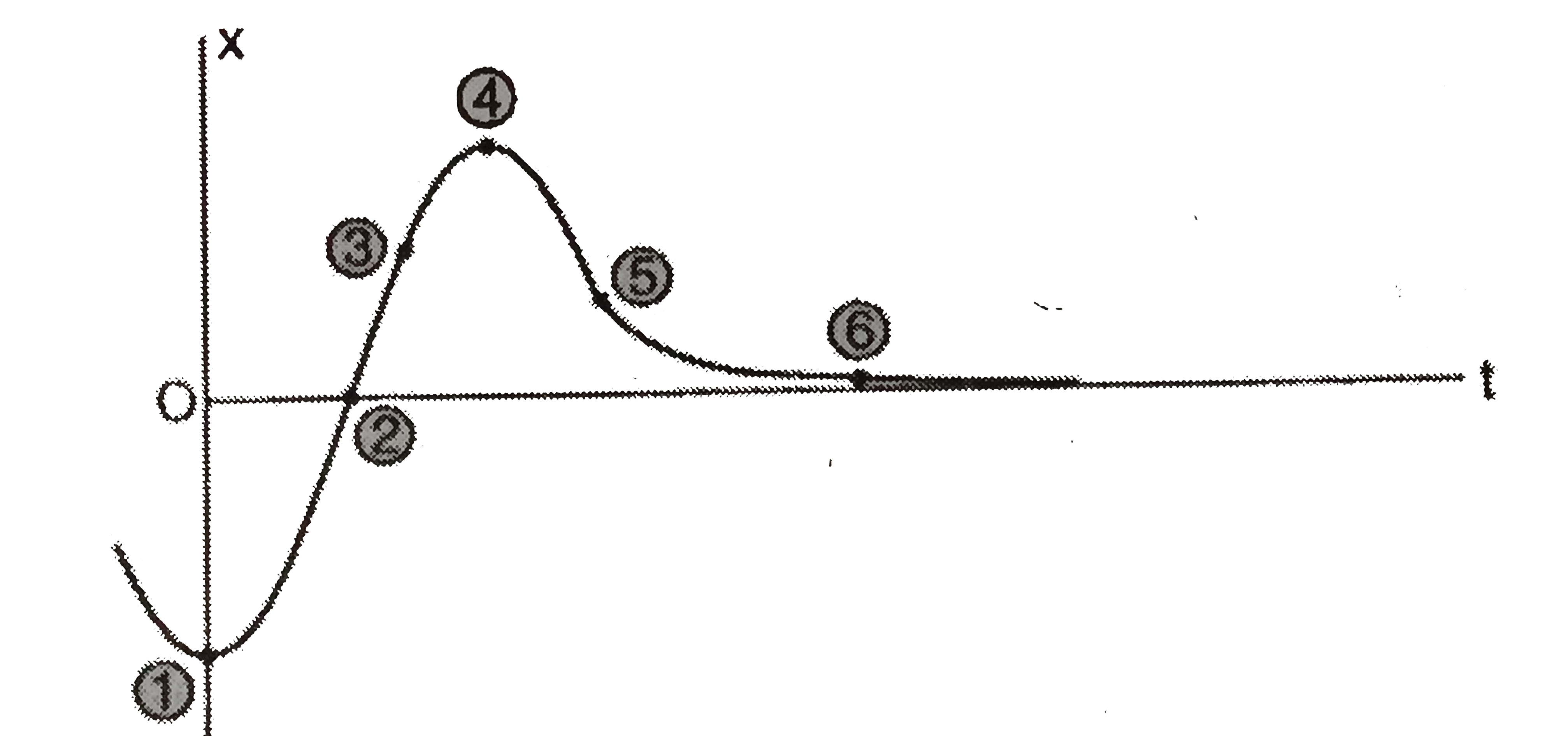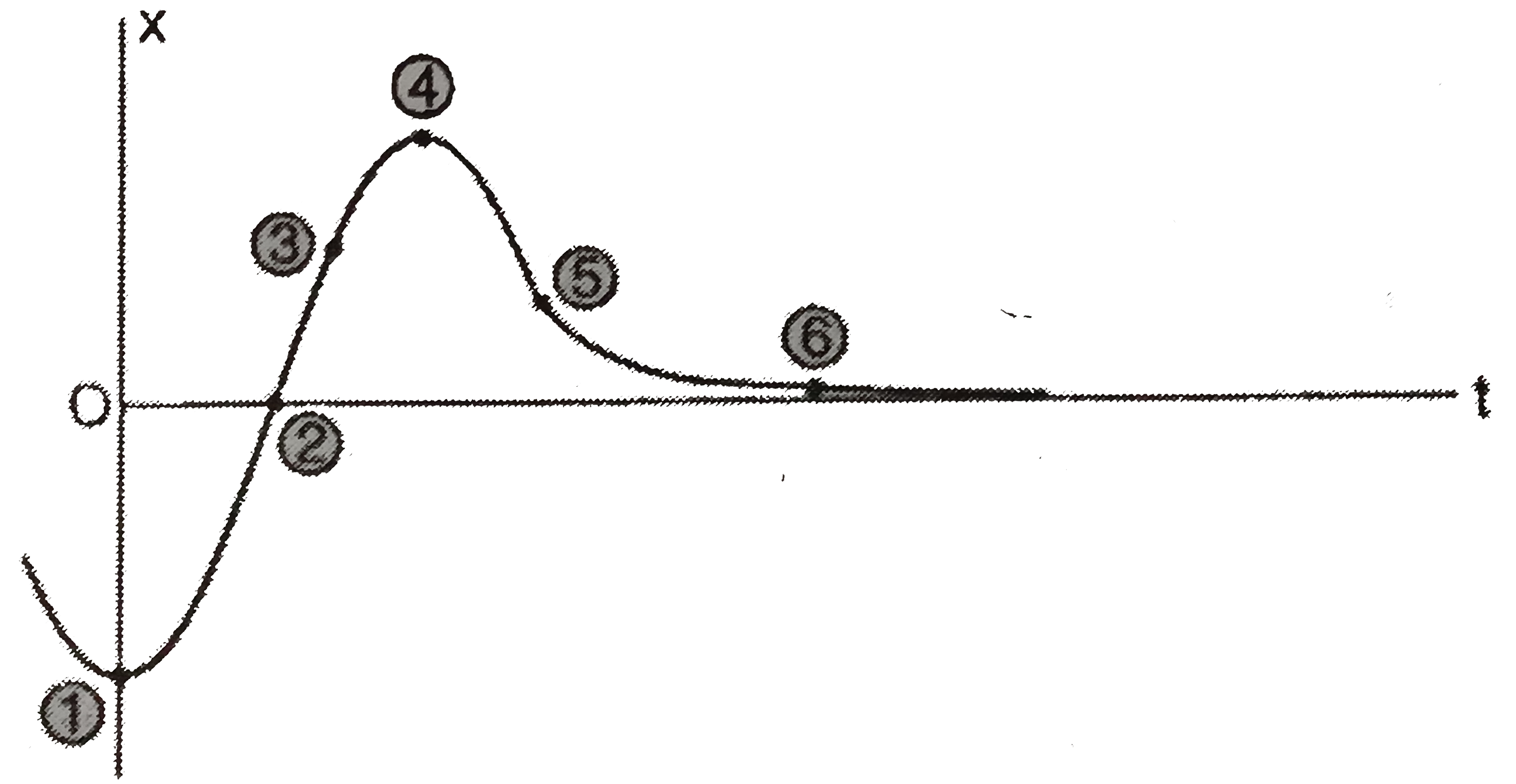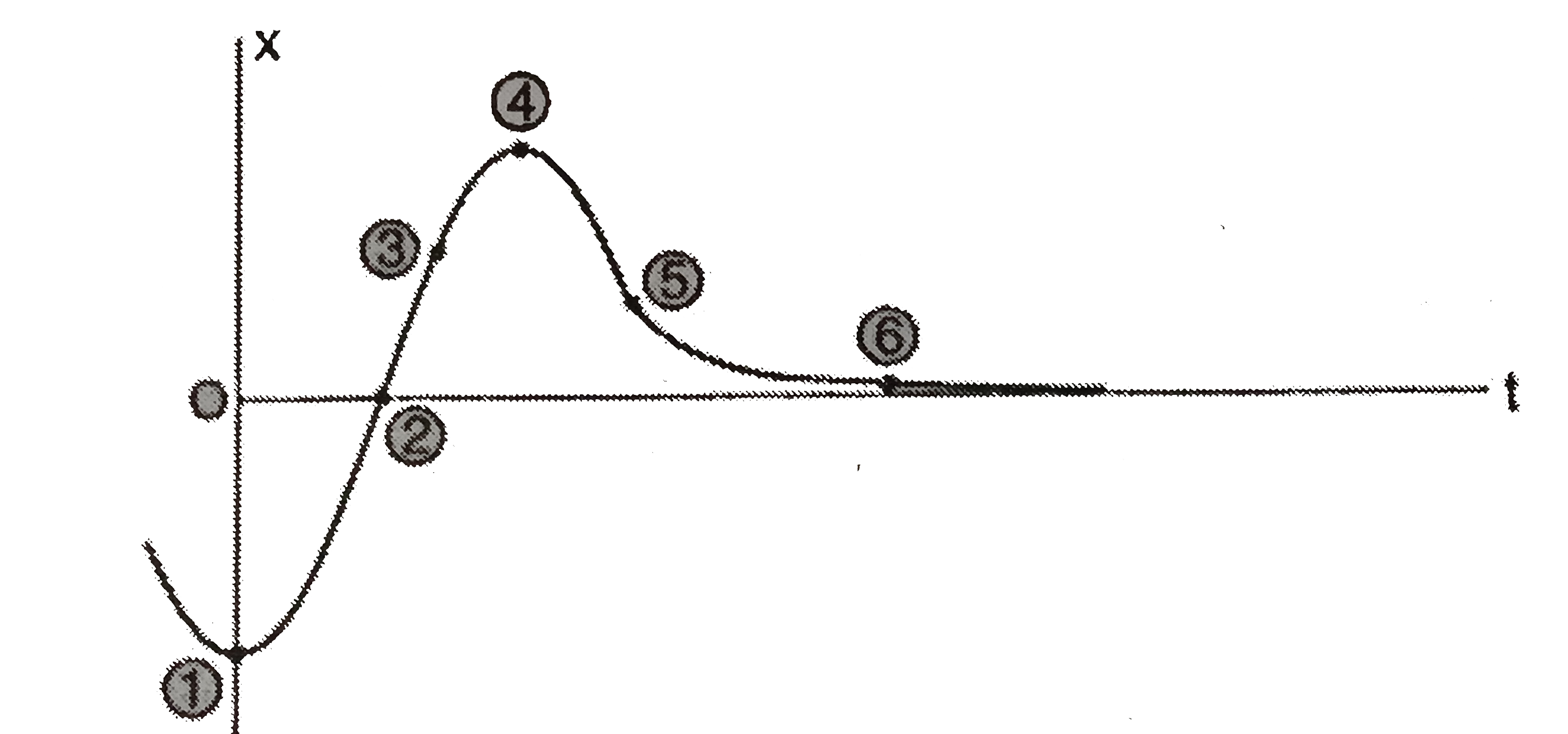Integer from GR BATHLA & SONS PHYSICS (HINGLISH) MOTION IN A STRAIGHT LINE for Class 11
| Class 11 | PHYSICS |
| Chapter | MOTION IN A STRAIGHT LINE |
| GR BATHLA & SONS PHYSICS (HINGLISH) | Integer |
| Medium | English |
| Academic Year | 2023-2024 |
Question 4
Two inclined planes (AB) and (BC) are placed as shown in Fig. 2 (ABC).3 A particle is projected from the foot of the plane of angle α along its line witn a velocity just sufficient to carry it to the top after which the particle slides down the other inclined plane. Fing the total time it will take to reach the pont (C ).View SolutionQuestion 5
A lawyer seeks your advice in one of his cases. The question is whether a driver was exceeding a 45km/hr speed limit before he made an emergency stop, brakes locked and wheels sliding. The length of skid marks on the road was 5 m. The policeman, assuming that maximum deceleration of the car would not exceed the acceleration of a freely falling body (10m/s2), arrested the driver for speeding What is your opinion ?View SolutionQuestion 8
A wooden block of mass 10gm is dropped from the top of a cliff 100m high. Simultaneously a bullet of same mass is fired from the foot of the cliff vertically upwards with a velocity of 100ms−1. If the bullet after collision gets embedded in the block, the common velocity of the bullet and the block immediately after collision is (g=10ms−2).View SolutionQuestion 10
A car waiting at a traffic light starts to move with a constant acceleration of 2.0m/s2 when the light truns green. Two second later, a truck moving in the same direction passes the light at a constant speed of 25m/s and soon passes the car. Soon the car passes the truck:
(a) How long after the car starts do the two overtakings occur ?
(b) How far from the light does each take place?View SolutionQuestion 12
A body is released from rest at t0=0,x0=0 and moves with constant acceleration. Its position is measured at the equally spaced times t1=Δt,t2=2Δt,t3=3Δt and so forth. Prove that displacements Δxj−xj−1 which occur in the successive time intervals Δt are in the ratio
Δx1:Δx2:Δx3......≈1:3:5...View SolutionQuestion 14
A helicopter takes off along the vertical with an acceleration a=3m/s2 and zero initial velocity. In a certain time the pilot switches off the engine. At the point of take off, the sound dies away in a time t2=30sec. Determine the velocity of the helicopter at the moment when its engine is switched off assuming that velocity of sound is 320 m/s.View SolutionQuestion 35
An electron of mass me initially at rest moves through a certain distance in a uniform electric field in time t1. A proton of mass mp also initially at rest takes time t2 to move through an equal distance in this uniform electric field.Neglecting the effect of gravity, the ratio of t2/t1 is nearly equal to View SolutionQuestion 54
Between two stations a train starting from rest first accelerates uniformly, then moves with constant velocity and finally retarts uniformly to come to rest. If the ratio of the time taken be 1:8:1 and the maximum speed attained be 60km/h, then what is the average speed over the whole journey ?View SolutionQuestion 75
A street car moves rectilinearly from station A to the next station B (from rest to rest) with an acceleration varying according to the law f=a−bx, where a and b are constants and x is the distance from station A. The distance between the two stations and the maximum velocity areView SolutionQuestion 81
Two plane, smooth surfaces are parallel to each other and are initiallt a distance of 2 metre apart. The two surfaces approach each other with a velocity of 1cm/sec. A particle starts with a velocity of 4 cm/sec from one surface and collides normally and elastically on the other surface from the time the two surfaces start moving. The collisions continues back and forth till the surfaces touch each other. The total distance covered by the particle is :View SolutionQuestion 84
Two bodies move in a straight line towards each other at initial velocities v1 and v2 and with constant acceleration a1 and a2 directed against the corresponding velocities at the initial instant. What must be the maximum initial separation between the bodies for which they meet during the motion ?View SolutionQuestion 87
A man starts chasing his dog 10 second after the latter runs along a straight track at a unifrom acceleration of 0.5m/s2. The track is 2 km long after which it bends aways into the field. What will be the minimum constant speed of the man so that he may catch the dog before the bend in the track ?View SolutionQuestion 120
Train A and B are moving towards each other on the same track with velocities 40 km/hr and 20 km/hr respectivley. A sparrow which can fly at 30 km/hr flies off from train A when the train are 30 km apart. The sparrow directly moves towards the train 'B' and on reaching there flies back to 'A' and so on. Distance travelled by the sparrow till the two trains will hit is:View SolutionQuestion 125
An object is thrown vertically upward with a speed u1 and it travels 8 m in the last secon of its upward motion. If the object is thrown upward with a speed u2 which is twice of u1, the distance now travelled by the object during the last second of its upward journey will be:View SolutionQuestion 127
A long horizontal belt is moving from left to right with a uniform speed 2 m/s. There are two ink marks A and B on the belt 60 m apart. An insect runs on the belt to the fro between A and B such that its speed releatice to belt is constant and equals 4 m/s. When the insect is moving on the belt in the directoin of motion of the belt, its speed as observed by a person standing on ground will be:View SolutionQuestion 131
A bus starts from rest and acceleration at a uniform rate 4m/s2 for certain time. It then moves with a constant speed for some time and finally retards at 4m/s2 to come to rest. Average speed of the bus during the total journey is 15 m/s and the total time is 20 sec. Time duration for which the car moves with constant speed is:View SolutionQuestion 139
Water drops fall at regular intervals form a hole at the bottom of a vessel placed at a high level. The ninth drop is about to fall when the first drop just falls on the floor after being in the air for 2 second. The distance between the 3rd and the 5 th drop at the instant is :
(Taking g=10m/s2)
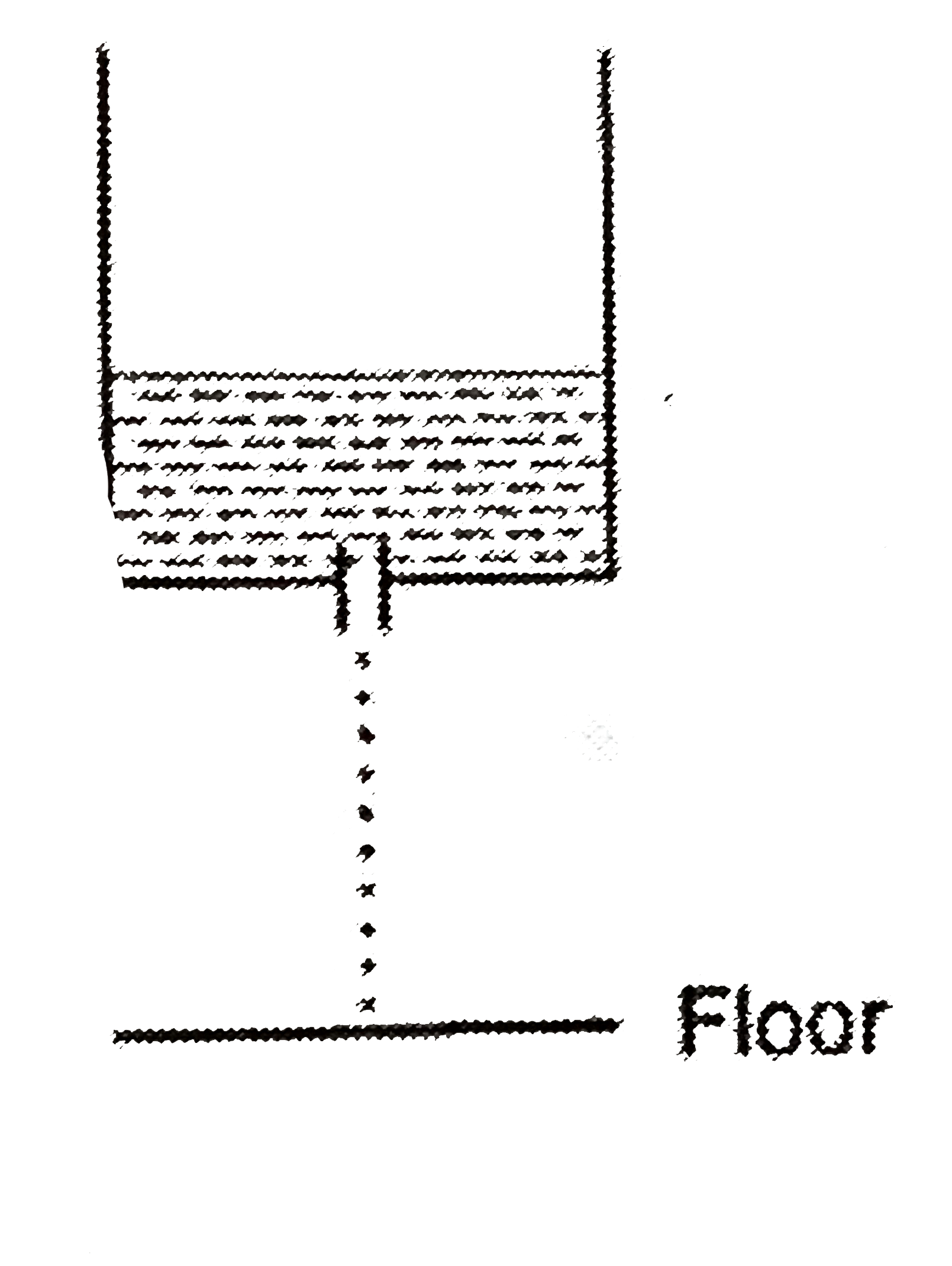 View Solution
View SolutionQuestion 141
A body projected vertically upwords from the top of a tower reaches the ground in t1 second . If it projected vertically downwards from the some top with same velocity ,it reaches the ground in t2seconds . If it is just dropped from the top it reaches the ground in t second .prove that t=√t1t2View SolutionQuestion 155
Consider a rubber ball freely falling from a height h=4.9m onto a horizontally elastic plate. Assume that the duration of collision is negligible and the collisions with the plate is totally elastic .
Then the velocity as a function of time and the height as a function of time will be : View SolutionQuestion 158
A body is at rest at x=0 . At t=0, it starts moving in the positive x−direction with a constant acceleration . At the same instant another body passes through x=0 moving in the positive x−direction with a constant speed . The position of the first body is given by x1(t) after time 't', and that of the second body by x2(t) after the same time interval . which of the following graphs correctly describes (x1−x2) as a function of time 't' ?View SolutionQuestion 160
Two particles P and Q simultaneously start moving from point A with velocities 15m/s and 20m/s respectively. The two particles move with acceleration equal in magnitude but opposite in direction. When P overtakes Q at point B then its velocity is 30m/s, the velocity of Q at point B will be View SolutionQuestion 165
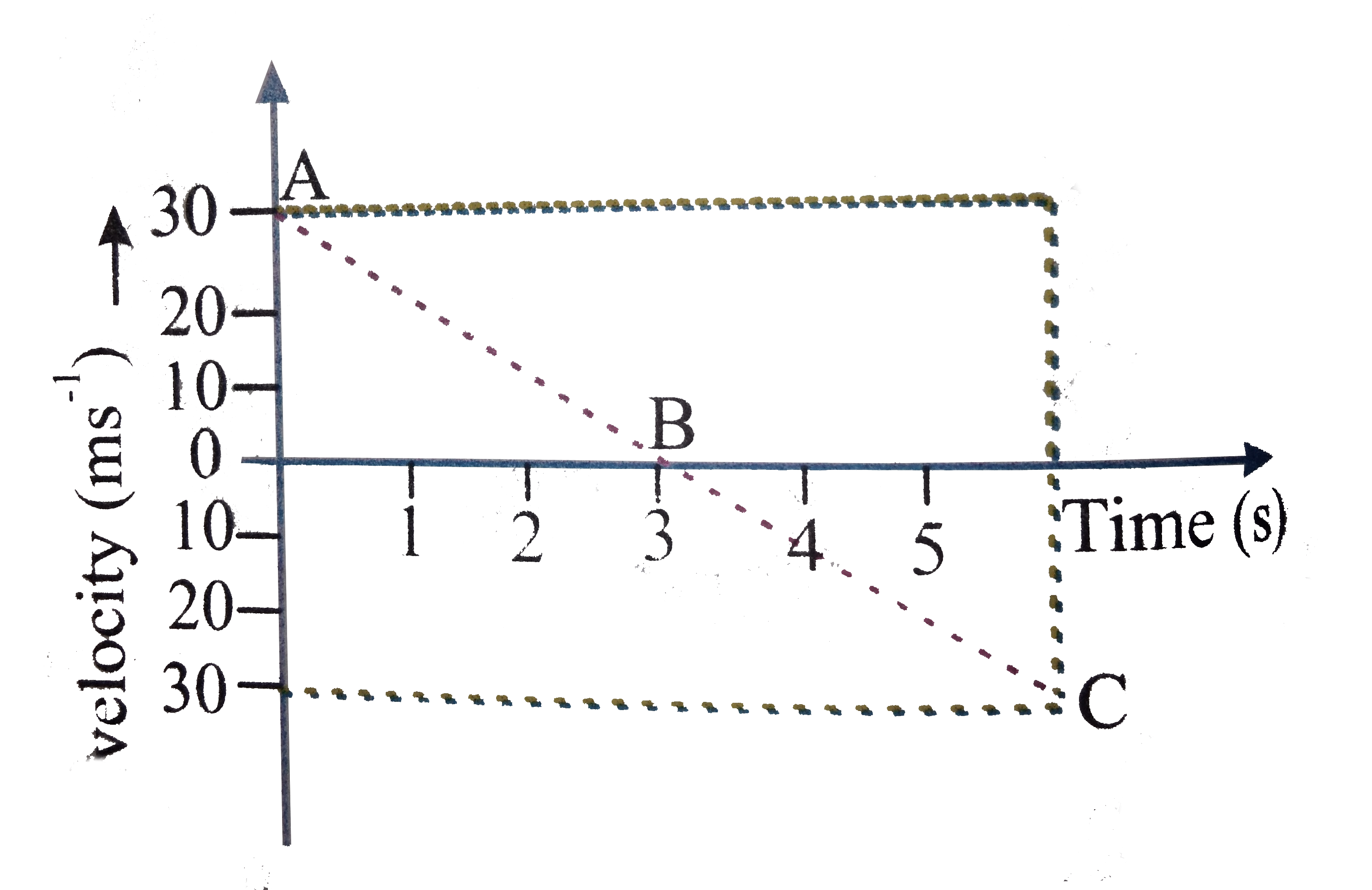
The velocity-time graph of a stone thrown vertically upward with an initial velocity of 30ms−1 is shown in the figure. The velocity in the upward direction is taken as positive and that in the downward direction as negative. What is the maximum height to which the stone rises?View SolutionQuestion 169
A car 2m long and 3m wide is moving at 10m/s when a bullet hits it in a direction making an angle of tan−1(3/4) with the car as seen from the ground. The bullet enters one edge of the car at the corner and passes out at diagonally opposite corner. Neglecting gravity, the time for the bullet to cross the car is View SolutionQuestion 170
Two particles start simultaneously from the same point and move along two straight lines. One with uniform velocity v and other with a uniform acceleration a. if α is the angle between the lines of motion of two particles then the least value of relative velocity will be at time given by View SolutionQuestion 177
Two stones are thrown up simultaneously with initial speeds of u1 and u2(u2>u1). They hit the ground after 6 s and 10 s respectively. Which graph in fig. correctly represents the time variation of Δx=(x2−x1) the relative position of the second stone with respect to the first upto t=10 s? Assume that the stones do not rebound after hitting the ground.View SolutionQuestion 195
Two cities AandB are connected by a regular bus service with buses plying in either direction every T seconds. The speed of each bus is uniform and equal to Vb. A cyclist cycles from A→B with a uniform speed of Vc. A bus goes past the cyclist in T1 second in the direction A→B and every T2 second in the direction B→A. ThenView SolutionQuestion 196
A carrom striker is given velocity on carrom based has always. Friction cause constant retardation. Striker hits boundary of carrom and come to rest at point from where it started. Take initial velocity direction as positive, choose correct graph describing motion : (v−velocity, s-displacement, t-time)View SolutionQuestion 201
A body X is thrown vertically upwards with an initial speed 45 m/s. Another body Y is also thrown vertically upwards with an initial speed 27 m/s. During the last 12 sec of motion of each body, speed of each reduces by the same value.
R : Both bodies are moving with same valueView SolutionQuestion 204
A: A body is moving along a straight line such that its velocity varies with time as shown in figure. Magnitude of displacement of the body from t=0 to t=12s is the same as the distance travelled by it in the given time duration,
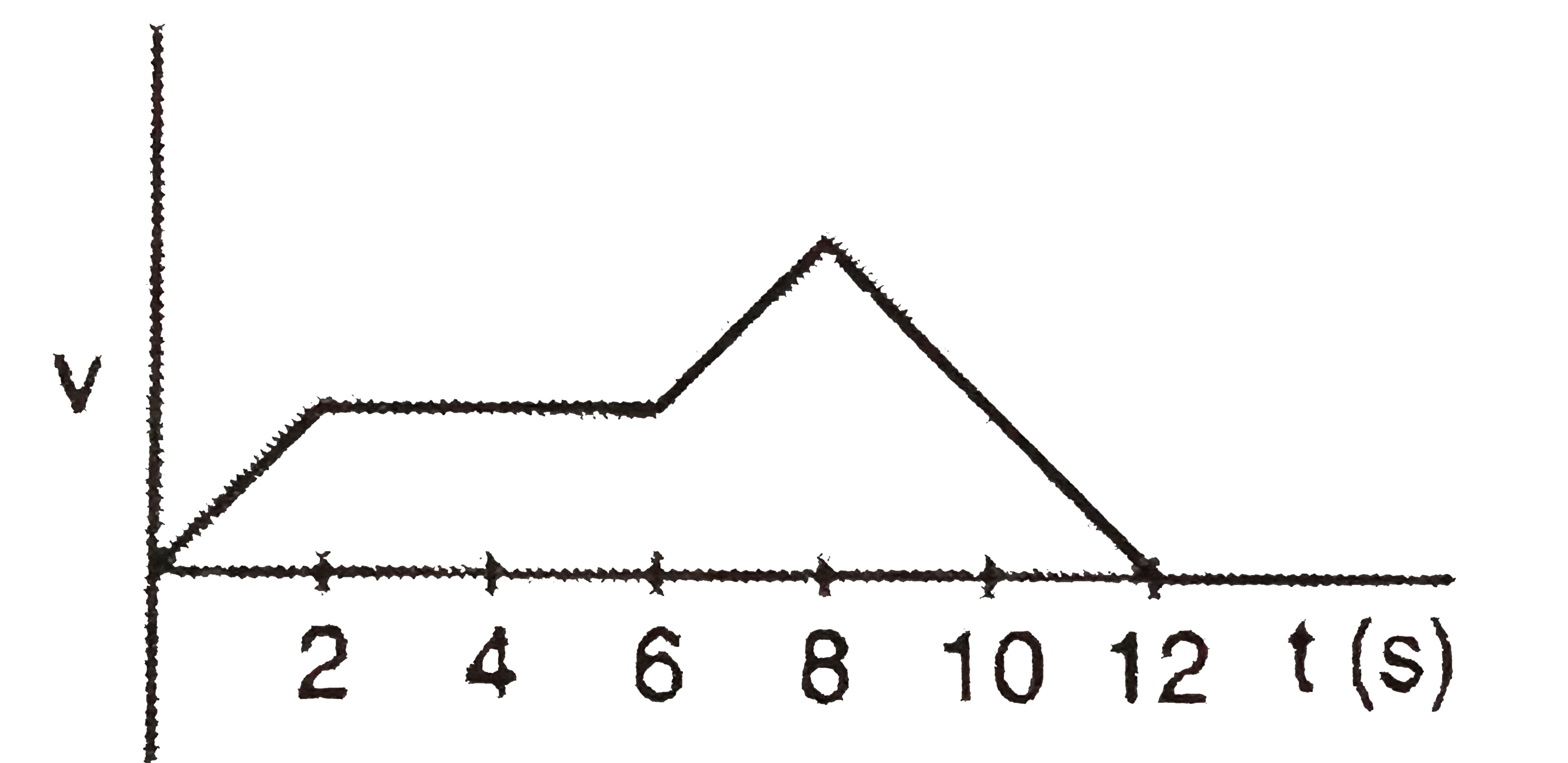
R: For a unidirectional motion of a body, |displacement| = distanceView SolutionQuestion 207
Assertion : Two bodies of unequal masses m1andm2 are dropped from the same height. If the resistance offered by air to the motion of both bodies is the same, the bodies will reach the earth at the same time.
Reason : For equal air resistance, acceleration of fall of masses m1andm2 will be different.View SolutionQuestion 208
A: A body is released from a height. As it is falling vertically downwards, at some position, it explodes into fragments under purely internal force. Centre of mass of the system of fragments will keep moving along the original vertical line and also accelerate downwards with an acceleration g.
R: Whenever linear momentum of a system is conserved, its centre of mass always remains at rest.View SolutionQuestion 210
Figure shows sequence of large number of photograph of on object moving vertically under gravity. A motion picture of this photograph is run backward.
∘∘∘∘∘∘∘
Statement-1: In time reversal sequence the gravitational acceleration will appear to be upward.
Statement-2: A time reversal operation changes every →v→−→v.View SolutionQuestion 219
Five person A, B, C, D and E are pulling a cart of mass 100 kg on a smooth surface and cart is moving with acceleration 3m/s2 in each direction. When person 'A' stops pulling, it moves with acceleration 1m/s2 in the west direction. When person 'B' stops pulling, it moves with acceleration 24m/s2 in the north direction. The magnitude of acceleration of the cart when only A and B pull the cart keeping their directions same as the old directions, is (25/n)m/s2, value of n is:View SolutionQuestion 220
In the arrangement shown in figure, mA=1kg and mB=2kg, while all the pulleys and strings are massless and frictionless. At t=0, a force F=10t starts acting over central pulley in vertically upward direction. If the velocity of A is x×10m/s when B loses contact with floor, find x.
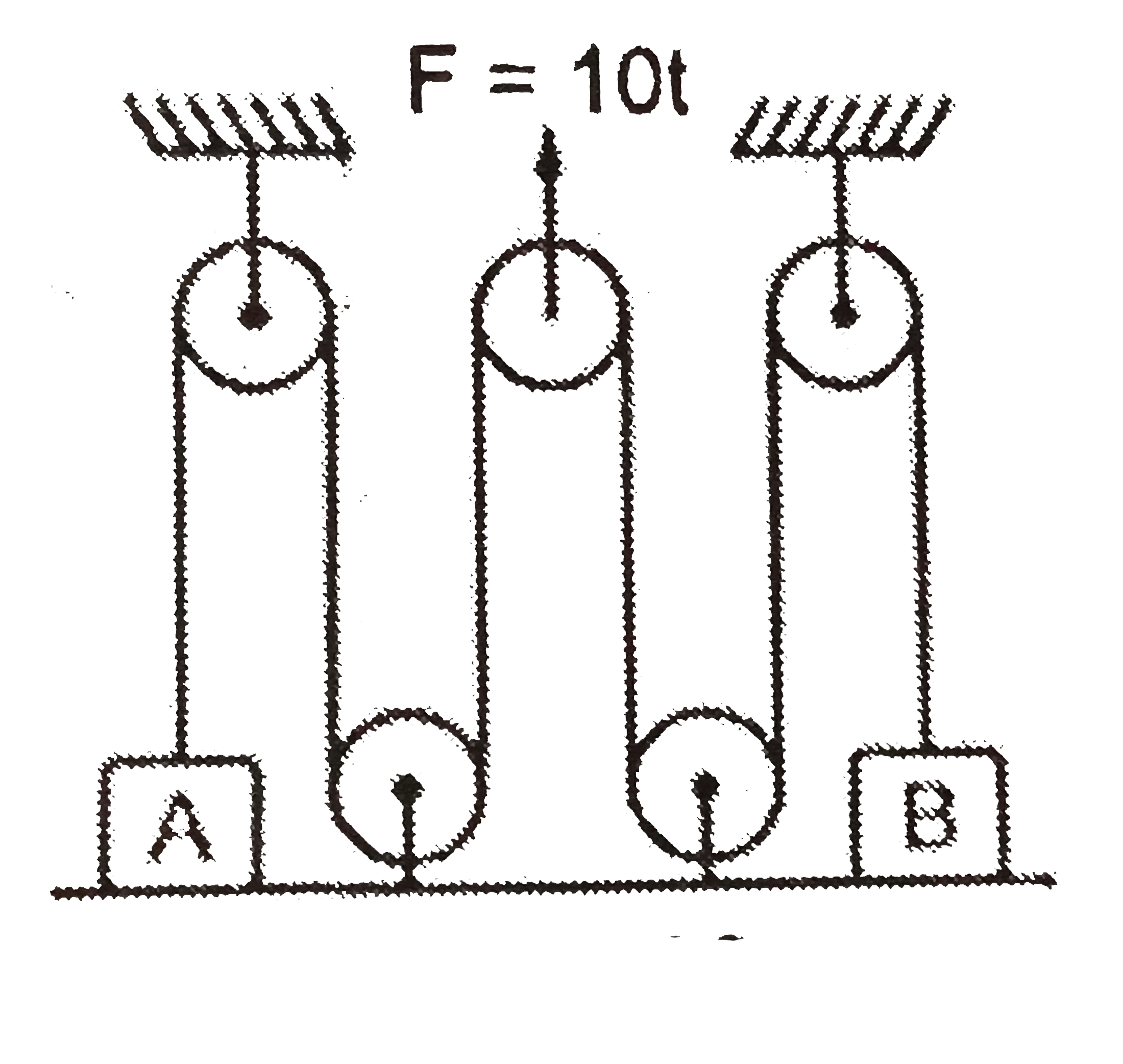 View Solution
View SolutionQuestion 221
A lift is moving up with a constant retardation of 2m/s2. When its upward velocity is 5 m/s, a boy in the lift tosses a coin, imparting it an upward velocity of 3 m/s, w.r.t. himself. His fingers at the moment of toss are midway between the floor and cciling, whose total height is 2 m. Displacement of coin when it hits the ground is x metre (in earth frame). Value of x is : (g=10m/s2)View SolutionQuestion 228
A person standing on the roof of a building throws a ball vertically upward at an instant t=0. The ball leaves his hand with an upward speed 20 m/s and it is then in free fall. The ball rises to a certain height and then moves down. On its way down, the ball just misses to hit the roof of the building and keeps falling towards the earth. the ball hits earth at t=5sec. considering that (i) the vertically upward direction is the positive Y-direction (ii) the position of ball at t=0 is the origin (iii) the ball does not rebound and comes to rest at the same place where it hits earth and (iv) air resistance is negligible. (Take g=10m/s2)
Maximum displacement of the ball from the initial position is : View SolutionQuestion 229
A person standing on the roof of a building throws a ball vertically upward at an instant t=0. The ball leaves his hand with an upward speed 20 m/s and it is then in free fall. The ball rises to a certain height and then moves down. On its way down, the ball just misses to hit the roof of the building and keeps falling towards the earth. the ball hits earth at t=5sec. considering that (i) the vertically upward direction is the positive Y-direction (ii) the position of ball at t=0 is the origin (iii) the ball does not rebound and comes to rest at the same place where it hits earth and (iv) air resistance is negligible. (Take g=10m/s2)
Average velocity of the ball from t=0 to t=5 secView SolutionQuestion 230
A person standing on the roof of a building throws a ball vertically upward at an instant t=0. The ball leaves his hand with an upward speed 20 m/s and it is then in free fall. The ball rises to a certain height and then moves down. On its way down, the ball just misses to hit the roof of the building and keeps falling towards the earth. the ball hits earth at t=5sec. considering that (i) the vertically upward direction is the positive Y-direction (ii) the position of ball at t=0 is the origin (iii) the ball does not rebound and comes to rest at the same place where it hits earth and (iv) air resistance is negligible. (Take g=10m/s2)
Position -time graph for the given motion of the ball is : View SolutionQuestion 231
A person standing on the roof of a building throws a ball vertically upward at an instant t=0. The ball leaves his hand with an upward speed 20 m/s and it is then in free fall. The ball rises to a certain height and then moves down. On its way down, the ball just misses to hit the roof of the building and keeps falling towards the earth. the ball hits earth at t=5sec. considering that (i) the vertically upward direction is the positive Y-direction (ii) the position of ball at t=0 is the origin (iii) the ball does not rebound and comes to rest at the same place where it hits earth and (iv) air resistance is negligible. (Take g=10m/s2)
Velocity of the ball will vary with time as:View SolutionQuestion 232
A person standing on the roof of a building throws a ball vertically upward at an instant t=0. The ball leaves his hand with an upward speed 20 m/s and it is then in free fall. The ball rises to a certain height and then moves down. On its way down, the ball just misses to hit the roof of the building and keeps falling towards the earth. the ball hits earth at t=5sec. considering that (i) the vertically upward direction is the positive Y-direction (ii) the position of ball at t=0 is the origin (iii) the ball does not rebound and comes to rest at the same place where it hits earth and (iv) air resistance is negligible. (Take g=10m/s2)
Acceleration of the ball will vary with time as: View SolutionQuestion 233
Consider a particle moving along x-axis. Its distance from origin O is described by the co-ordinate x which varies with time. At a time t1, the particle is at point P, where its co-ordinate is x1 and at time t2, the particle is at point Q, where its co-ordinate is x2. The displacement during the time interval from t1 to t2 is the vector from P to Q, the x-component of this vector is (x2−x1) and all other components are zero.
It is convenient to represent the quantity x2−x1 the change in x by means of a notation Δ, thus Δx=x2−x1 and Δt=t2−t1.
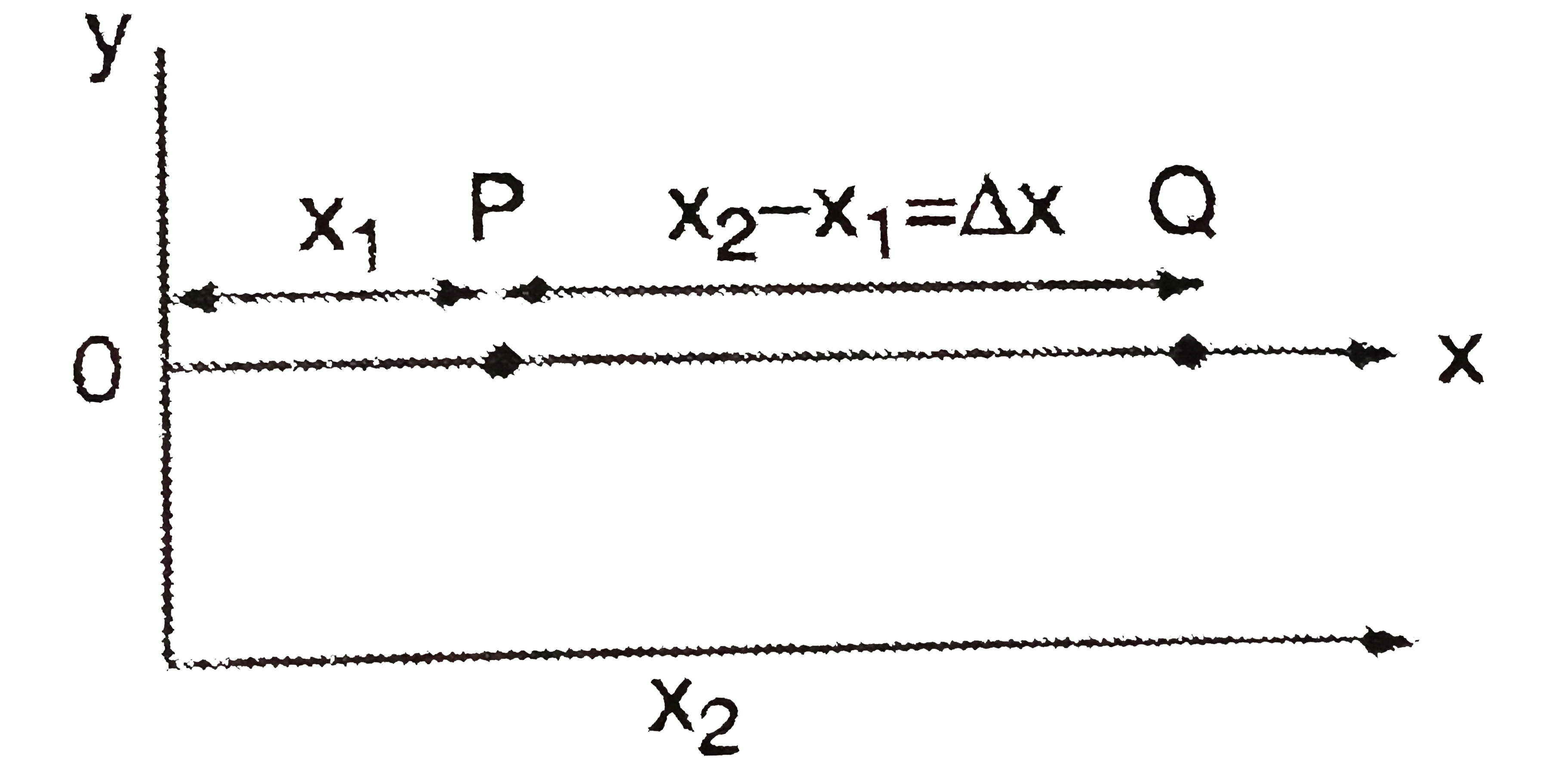
The average velocity ¯¯¯V=x2−x1t2−t1=ΔxΔt
A particle moves half the time of its journey with u. The rest of the half time it moves with two velocities v1 and v2 such that half the distance it covers with v1 and the other half with v2. The net average velocity is: (Assume straight line motion)View SolutionQuestion 234
Consider a particle moving along x-axis. Its distance from origin O is described by the co-ordinate x which varies with time. At a time t1, the particle is at point P, where its co-ordinate is x1 and at time t2, the particle is at point Q, where its co-ordinate is x2. The displacement during the time interval from t1 to t2 is the vector from P to Q, the x-component of this vector is (x2−x1) and all other components are zero.
It is convenient to represent the quantity x2−x1 the change in x by means of a notation Δ, thus Δx=x2−x1 and Δt=t2−t1.
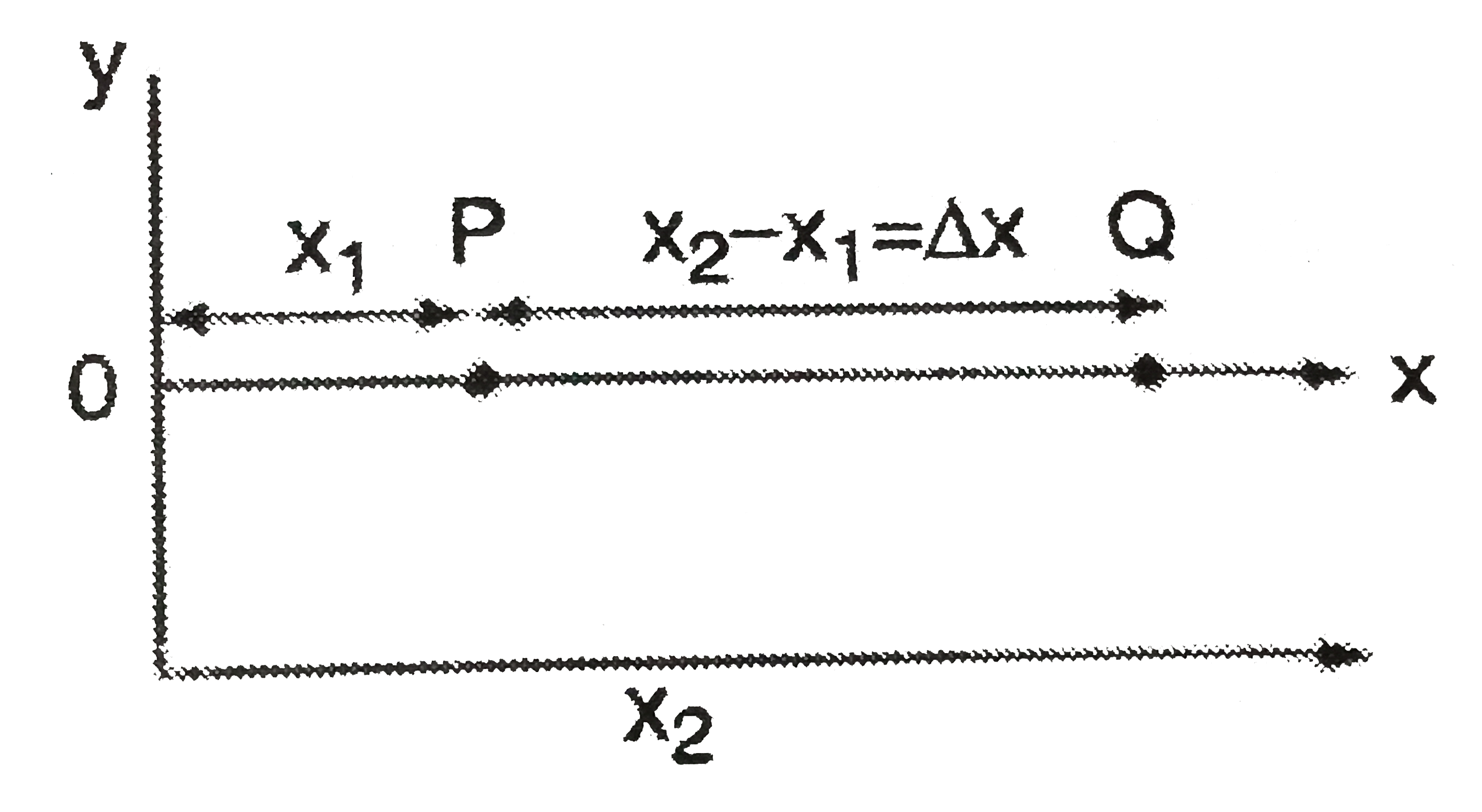
The average velocity ¯¯¯V=x2−x1t2−t1=ΔxΔt
A particle moves according to the equation x=t2+3t+4. The average velocity in the first 5 s is:View SolutionQuestion 235
Consider a particle moving along x-axis. Its distance from origin O is described by the co-ordinate x which varies with time. At a time t1, the particle is at point P, where its co-ordinate is x1 and at time t2, the particle is at point Q, where its co-ordinate is x2. The displacement during the time interval from t1 to t2 is the vector from P to Q, the x-component of this vector is (x2−x1) and all other components are zero.
It is convenient to represent the quantity x2−x1 the change in x by means of a notation Δ, thus Δx=x2−x1 and Δt=t2−t1.

The average velocity ¯¯¯V=x2−x1t2−t1=ΔxΔt
The resistive force suffered by a motor boat is proportional to v2, where v is instantaneous velocity. The engine was shut down when the velocity of the boat was v0. Find the average velocity at any time t.View Solution
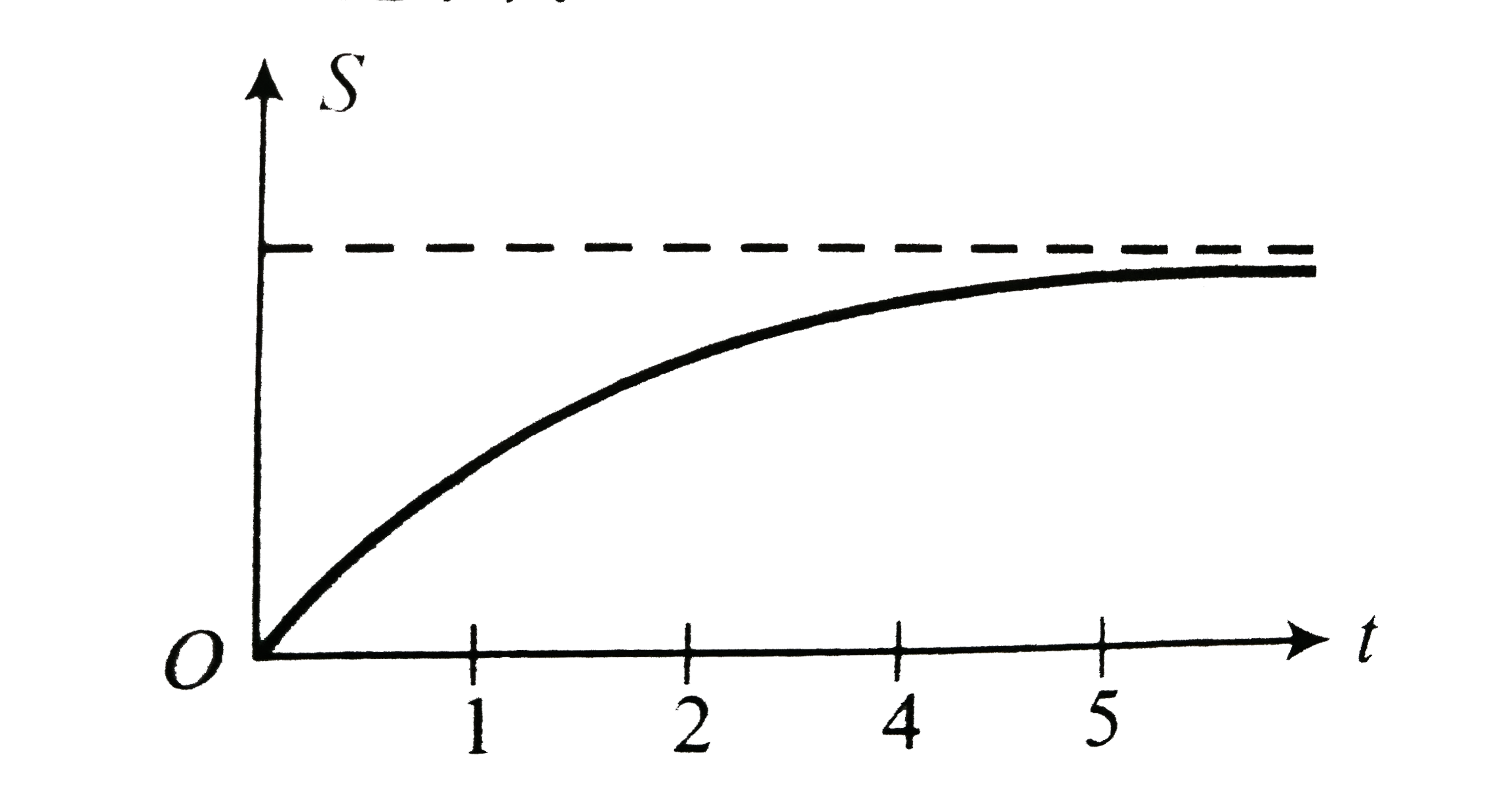 .
.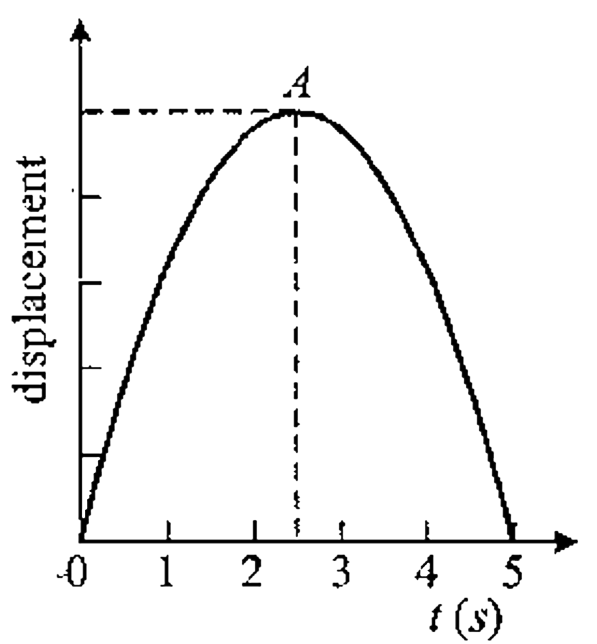
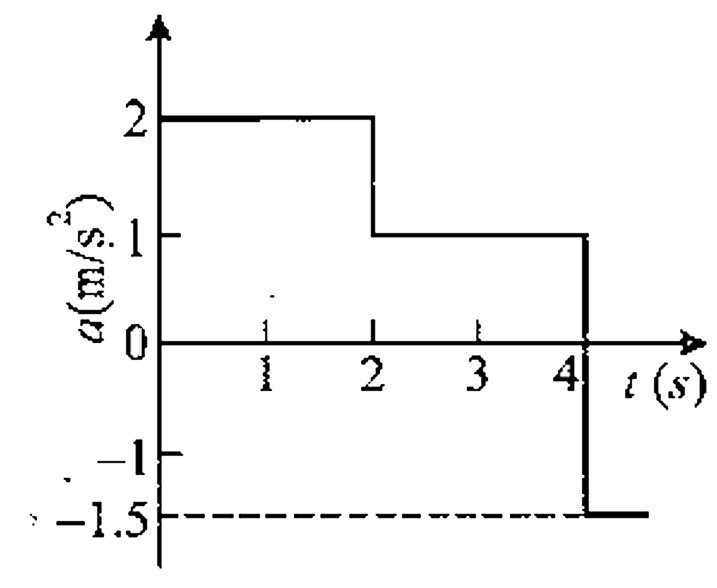
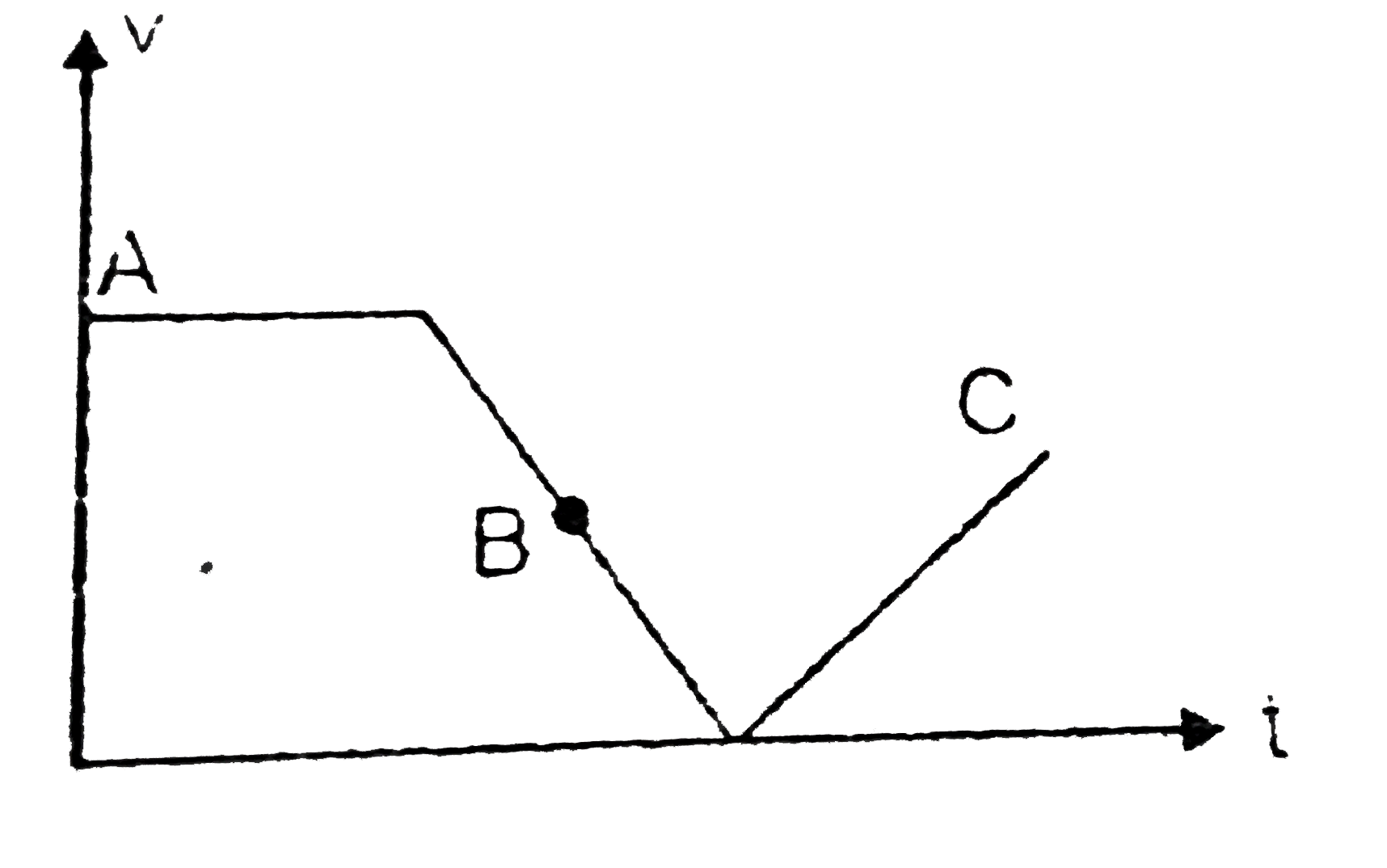
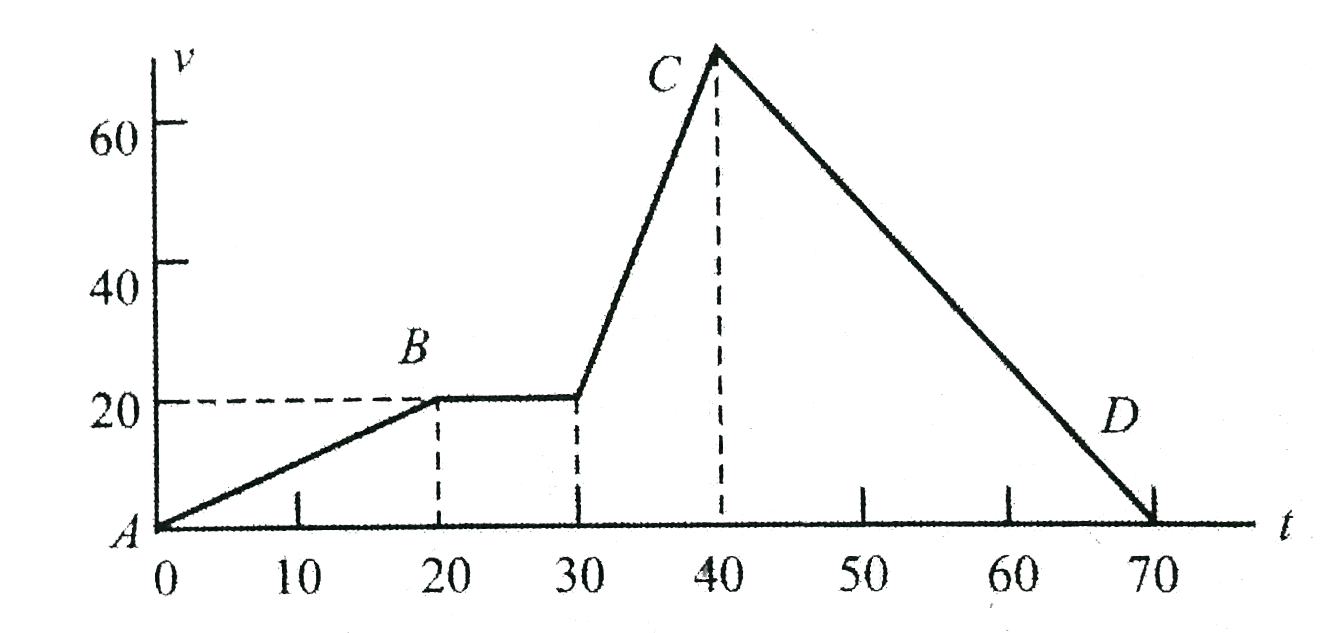 .
.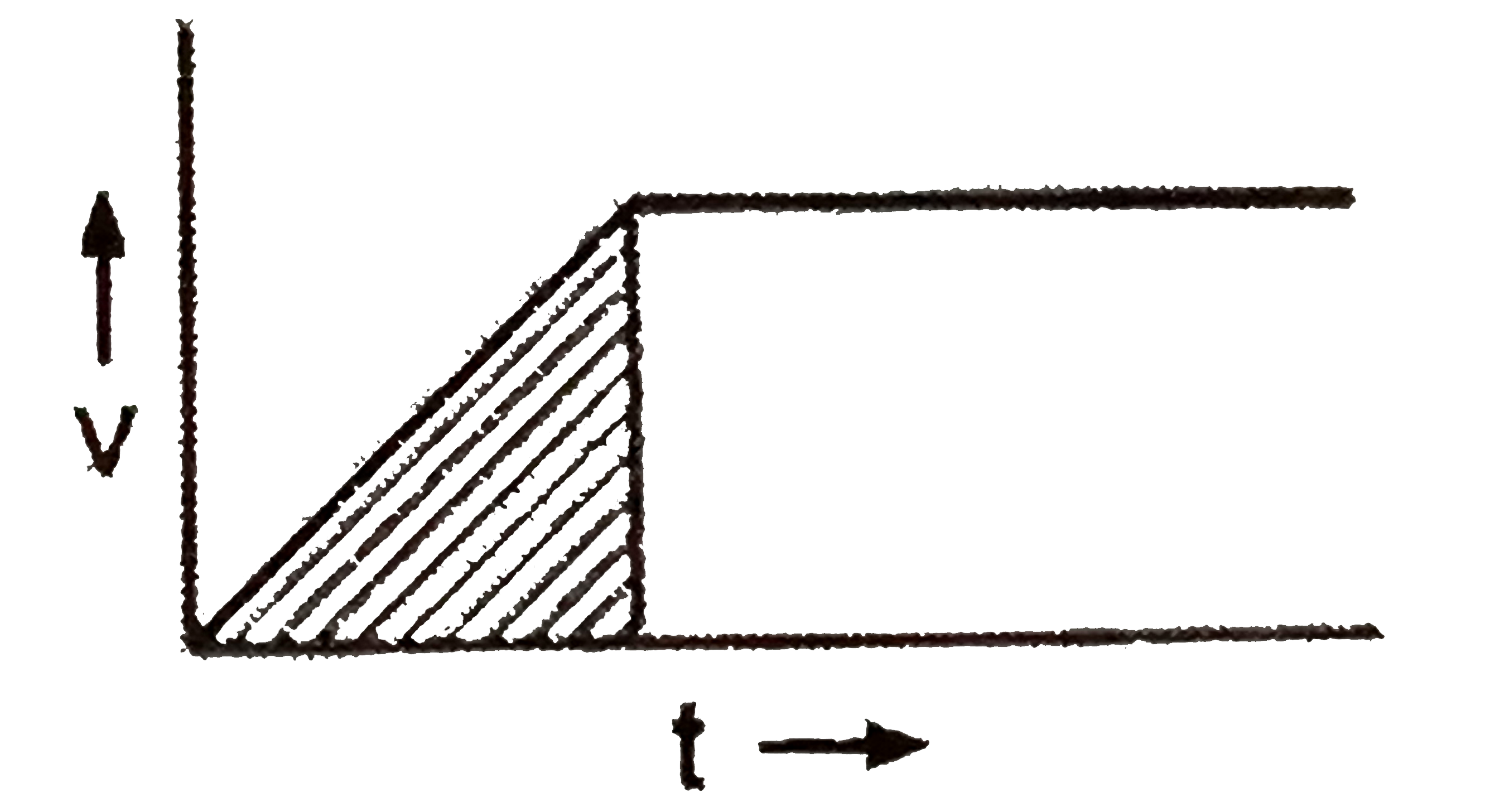
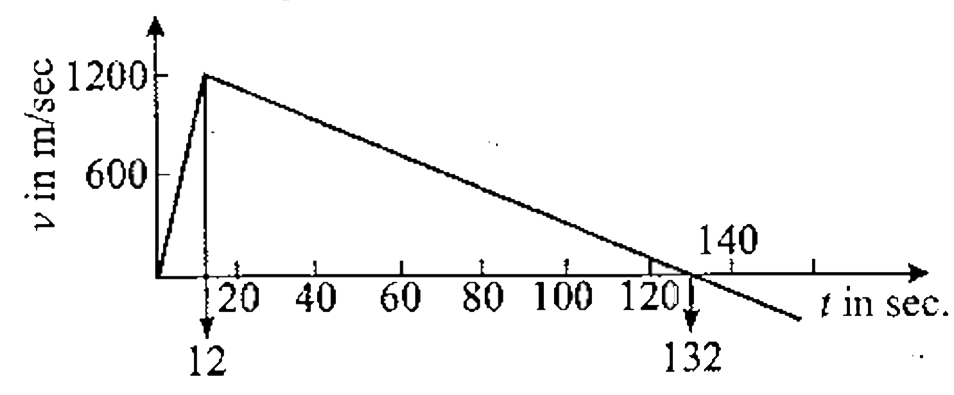
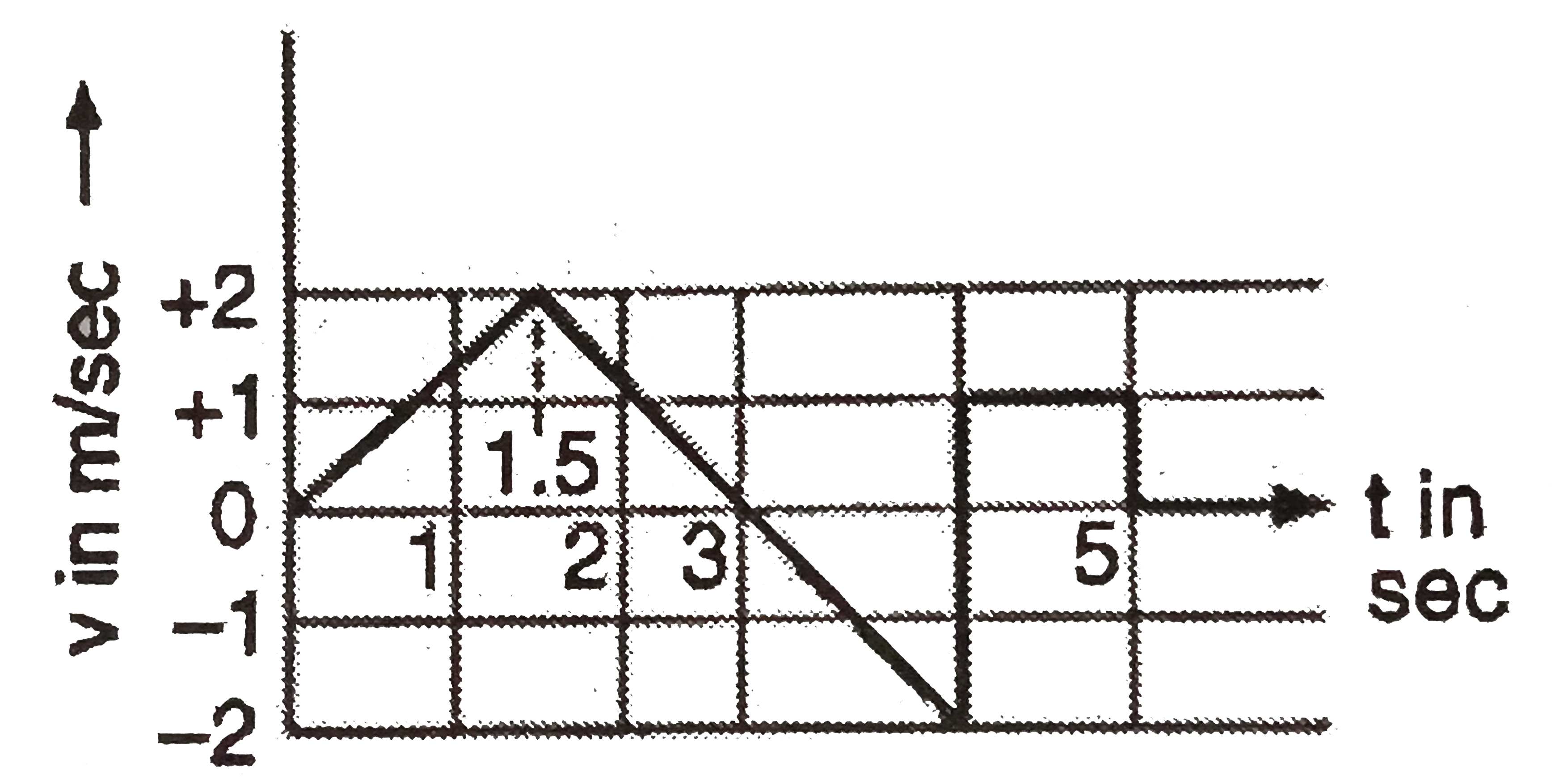
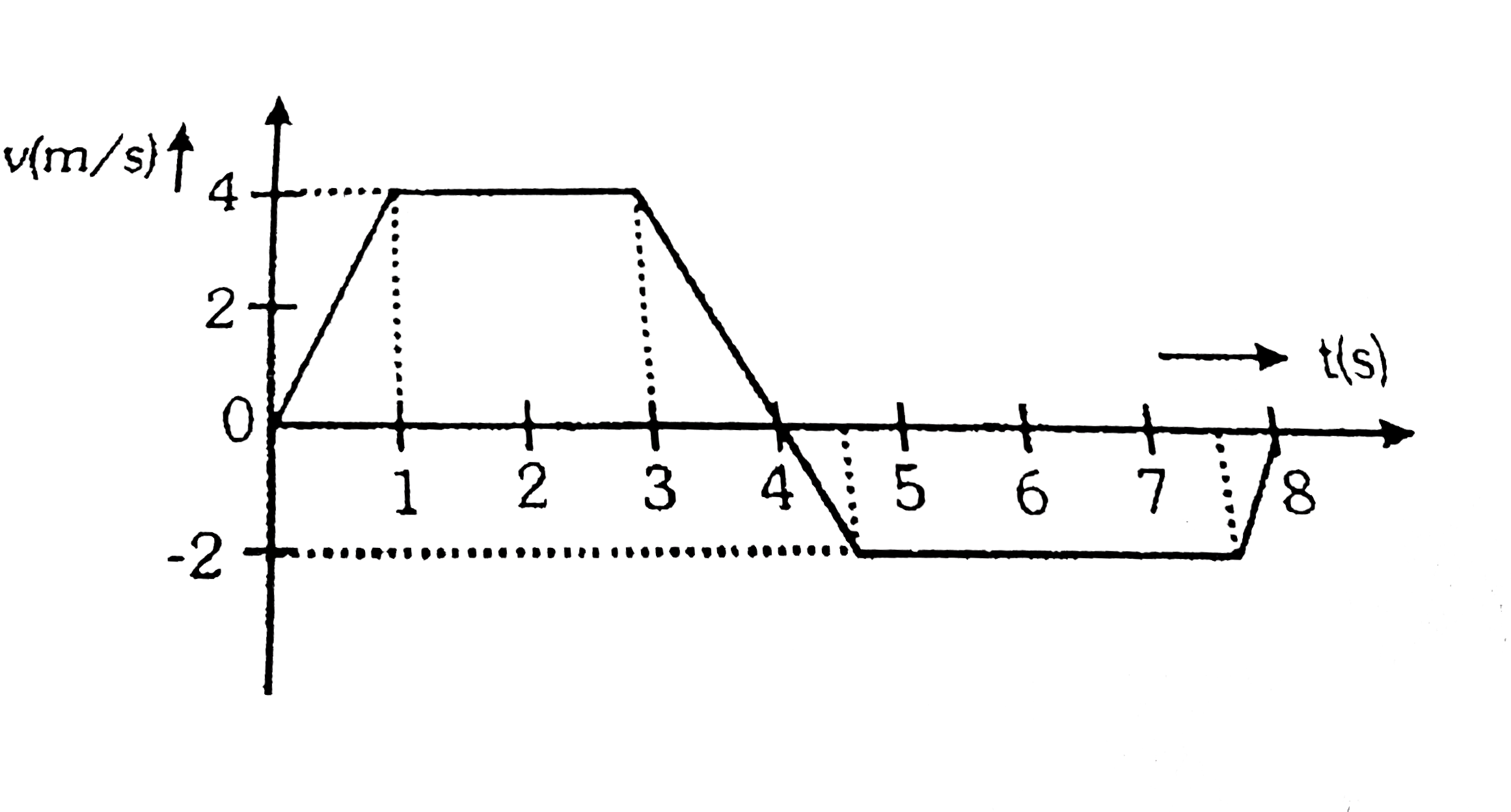

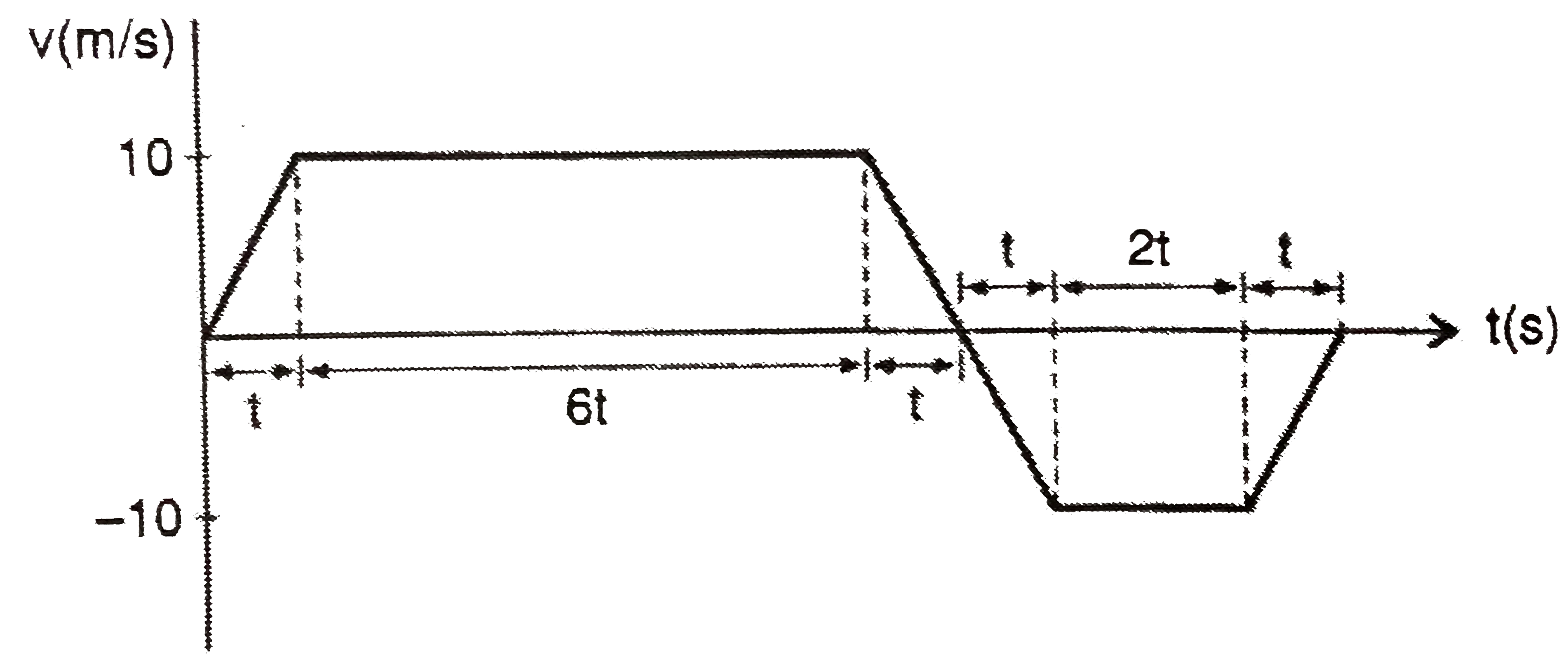
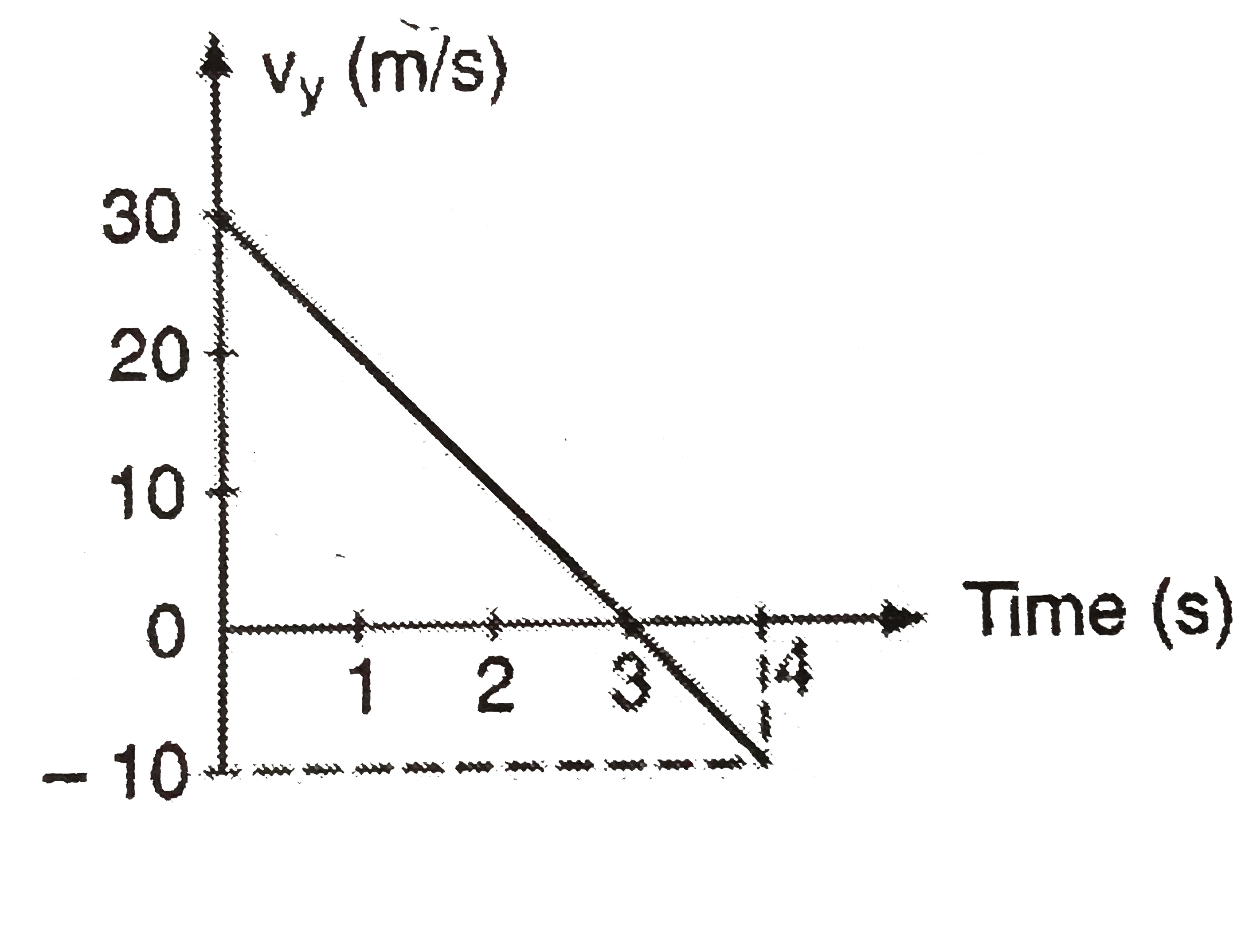
 .
.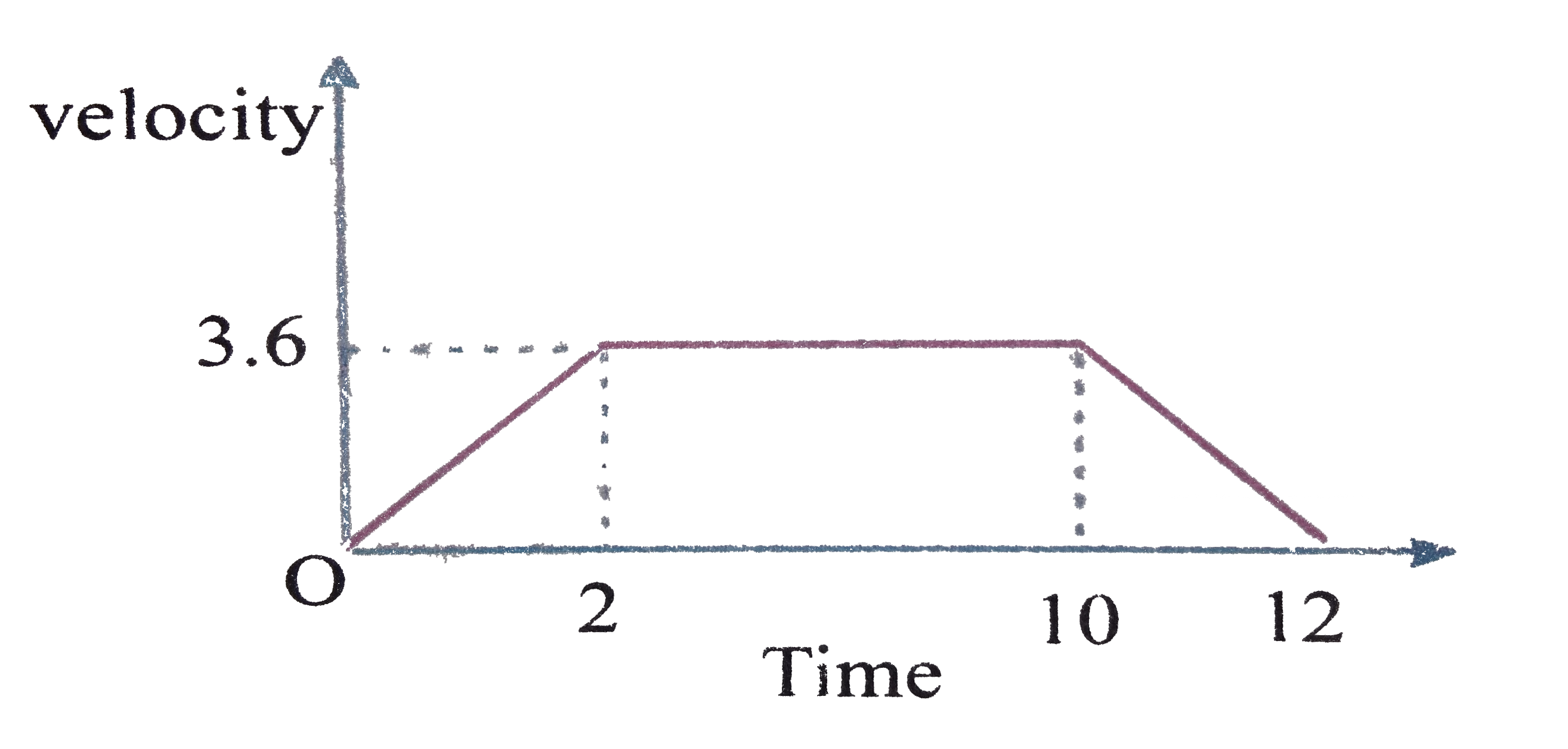
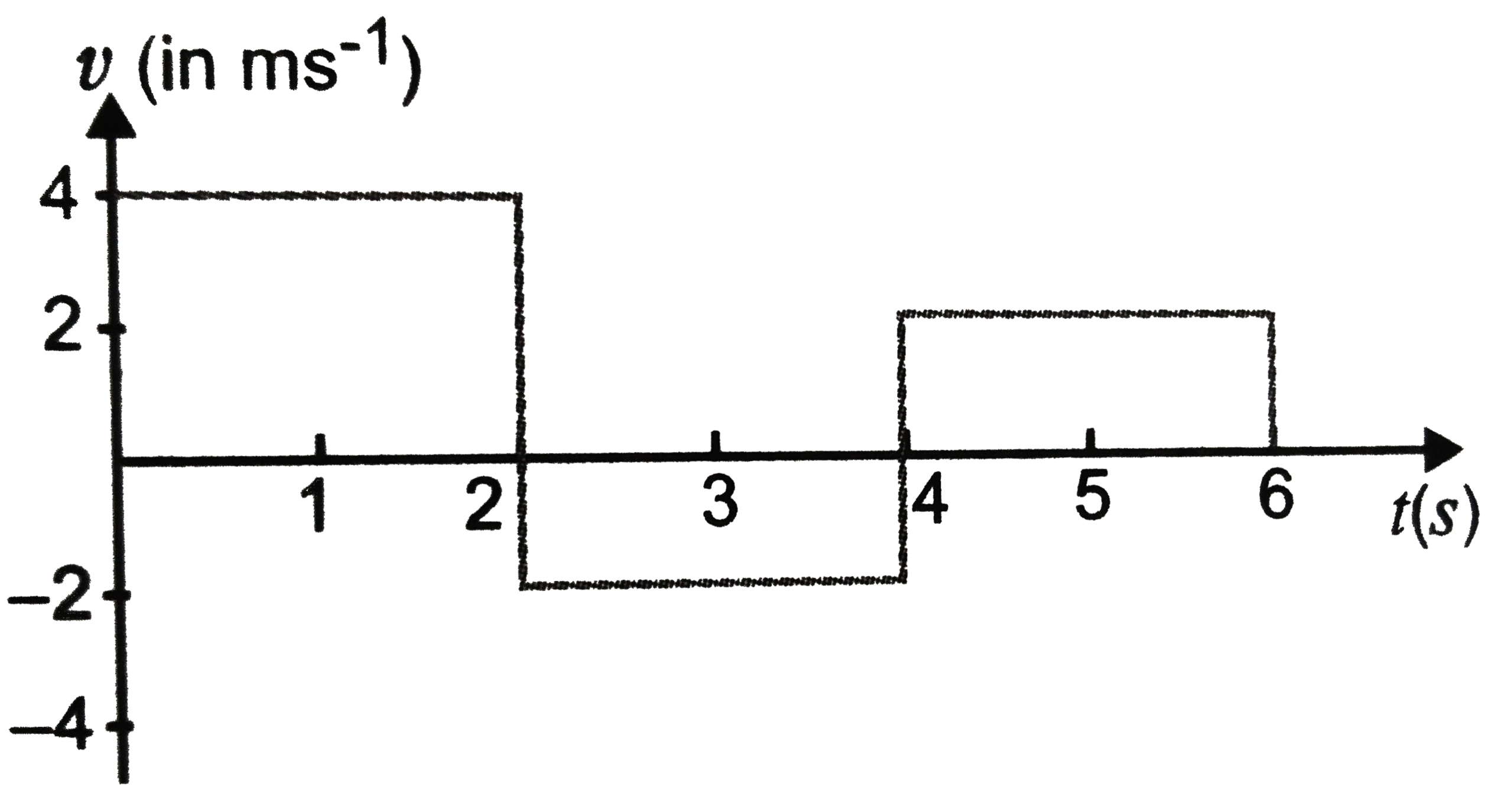 .
.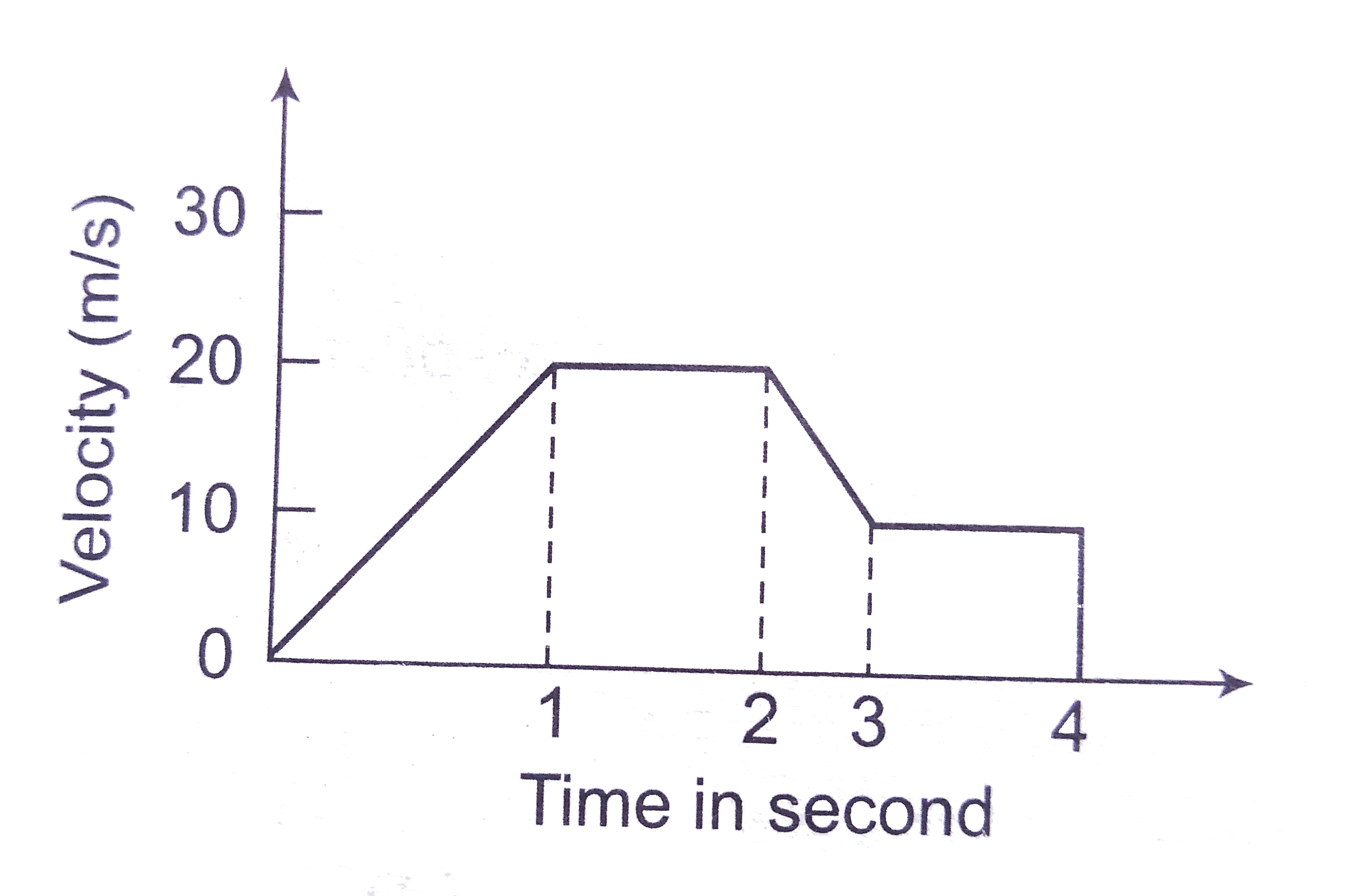
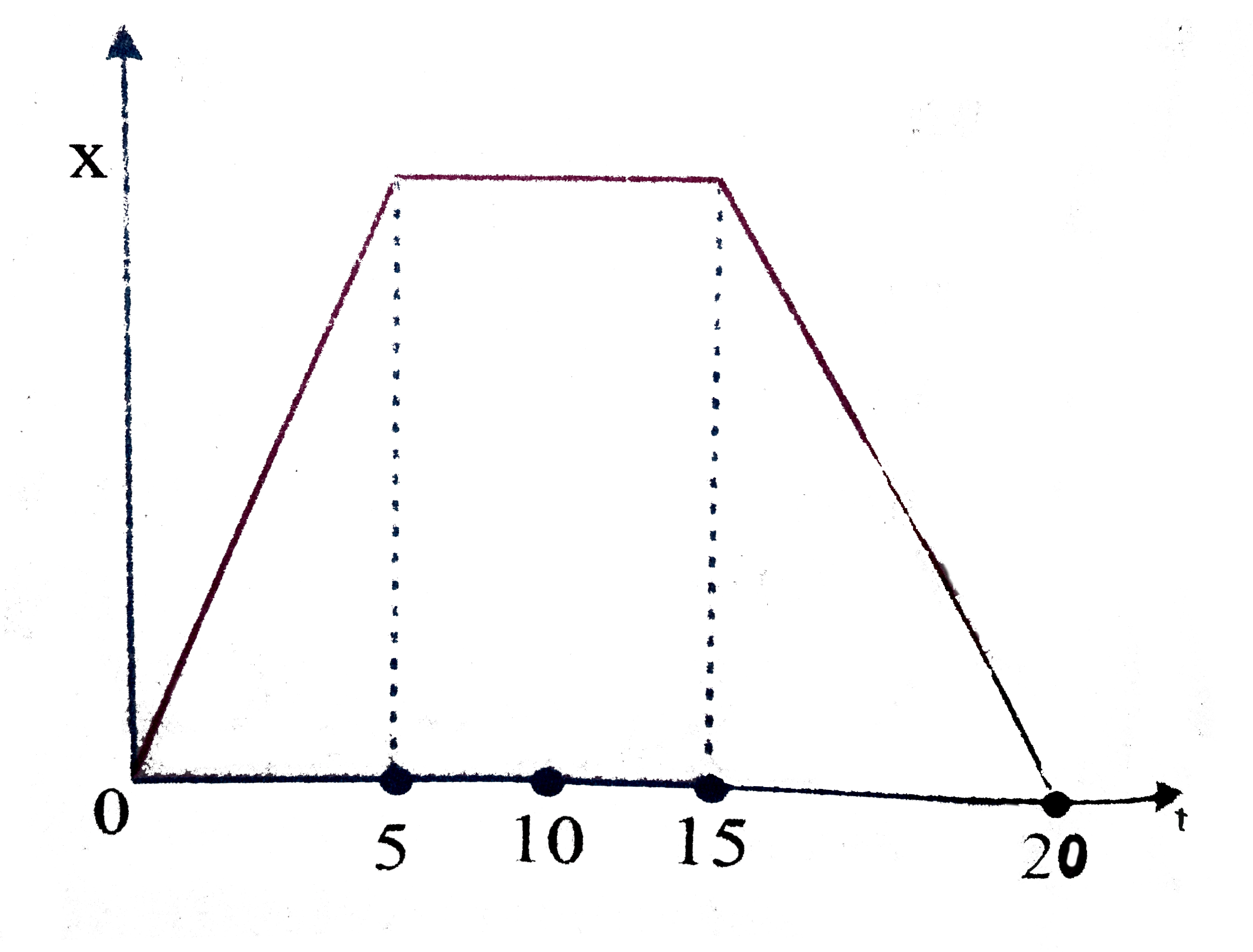
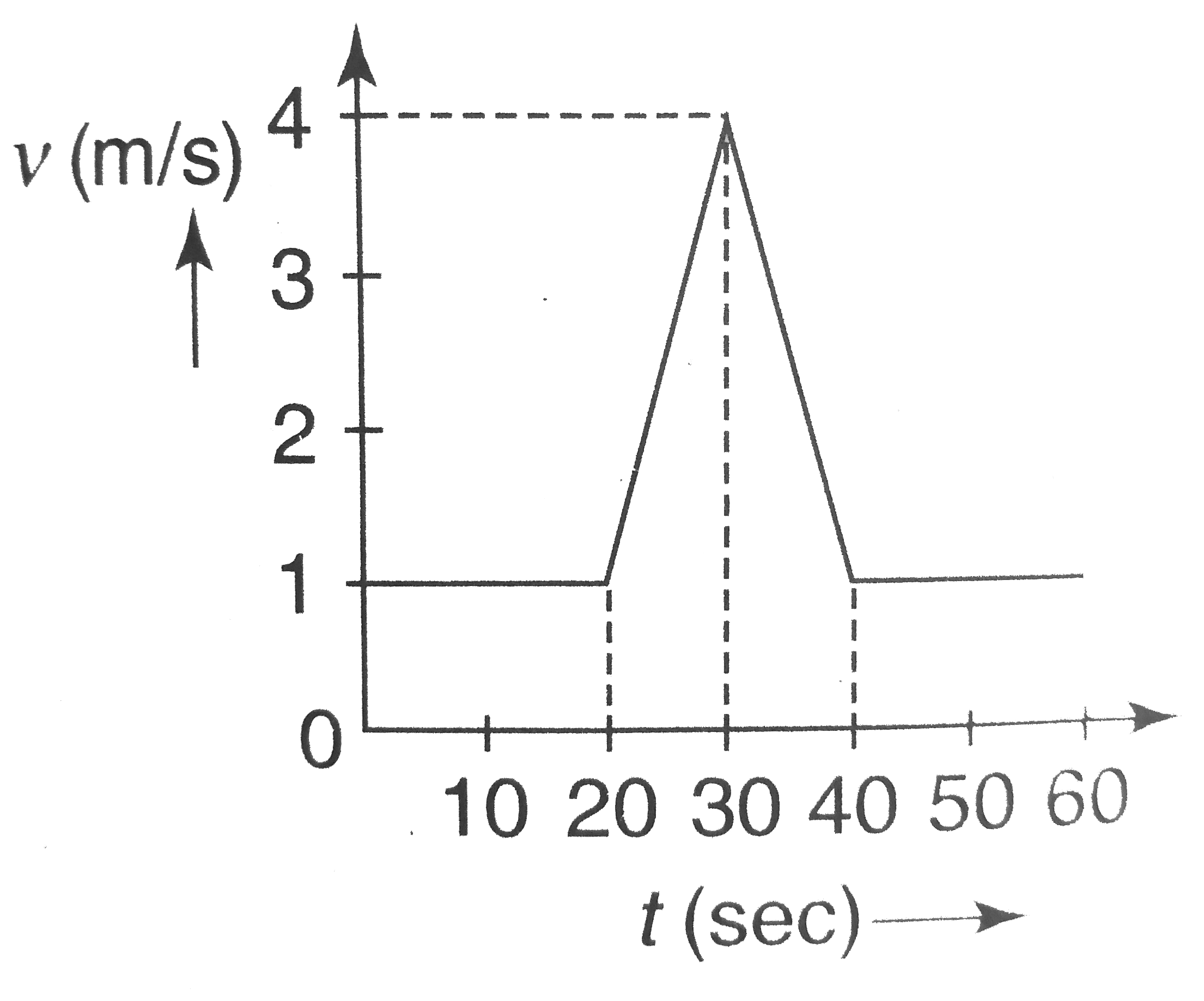
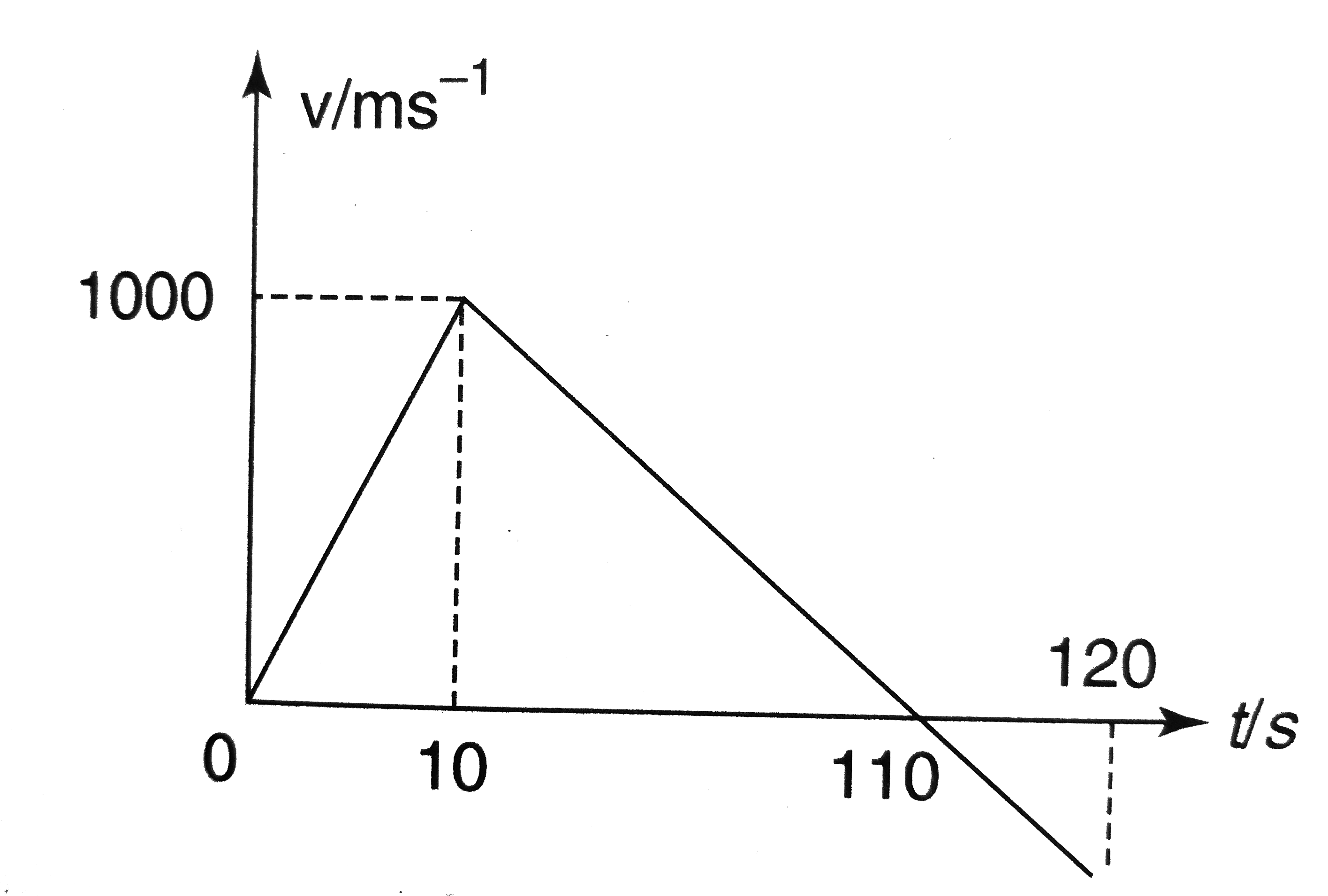
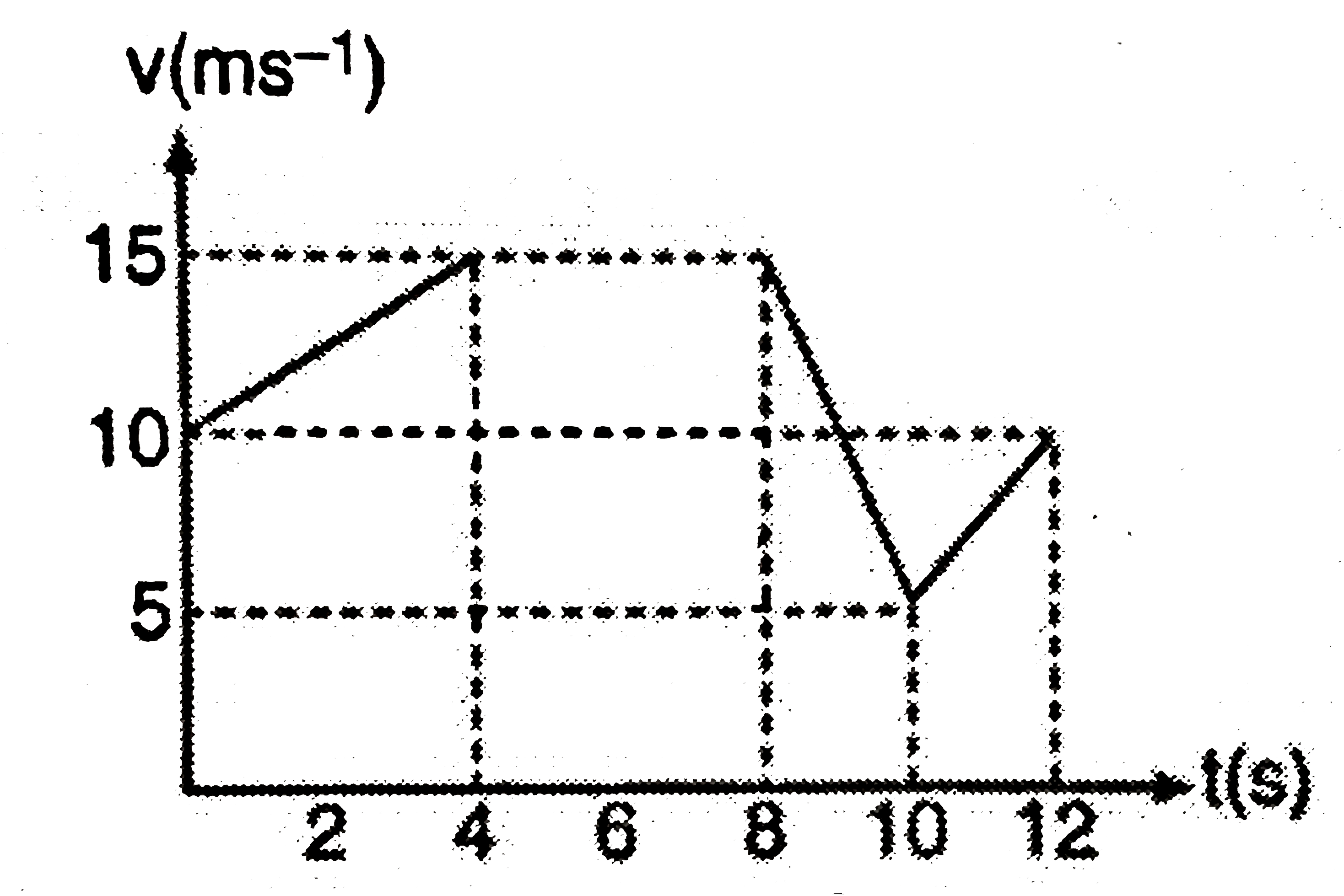
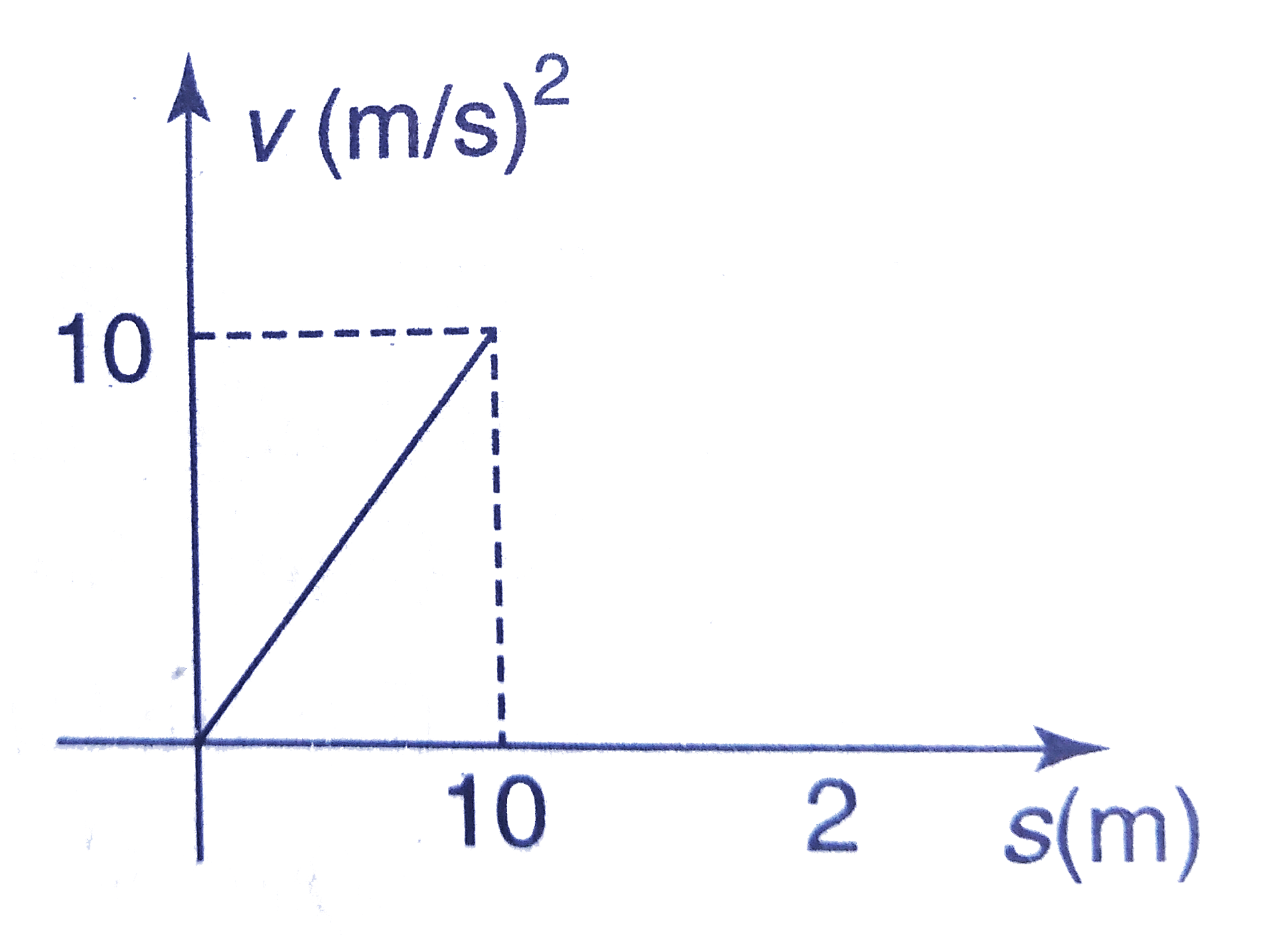
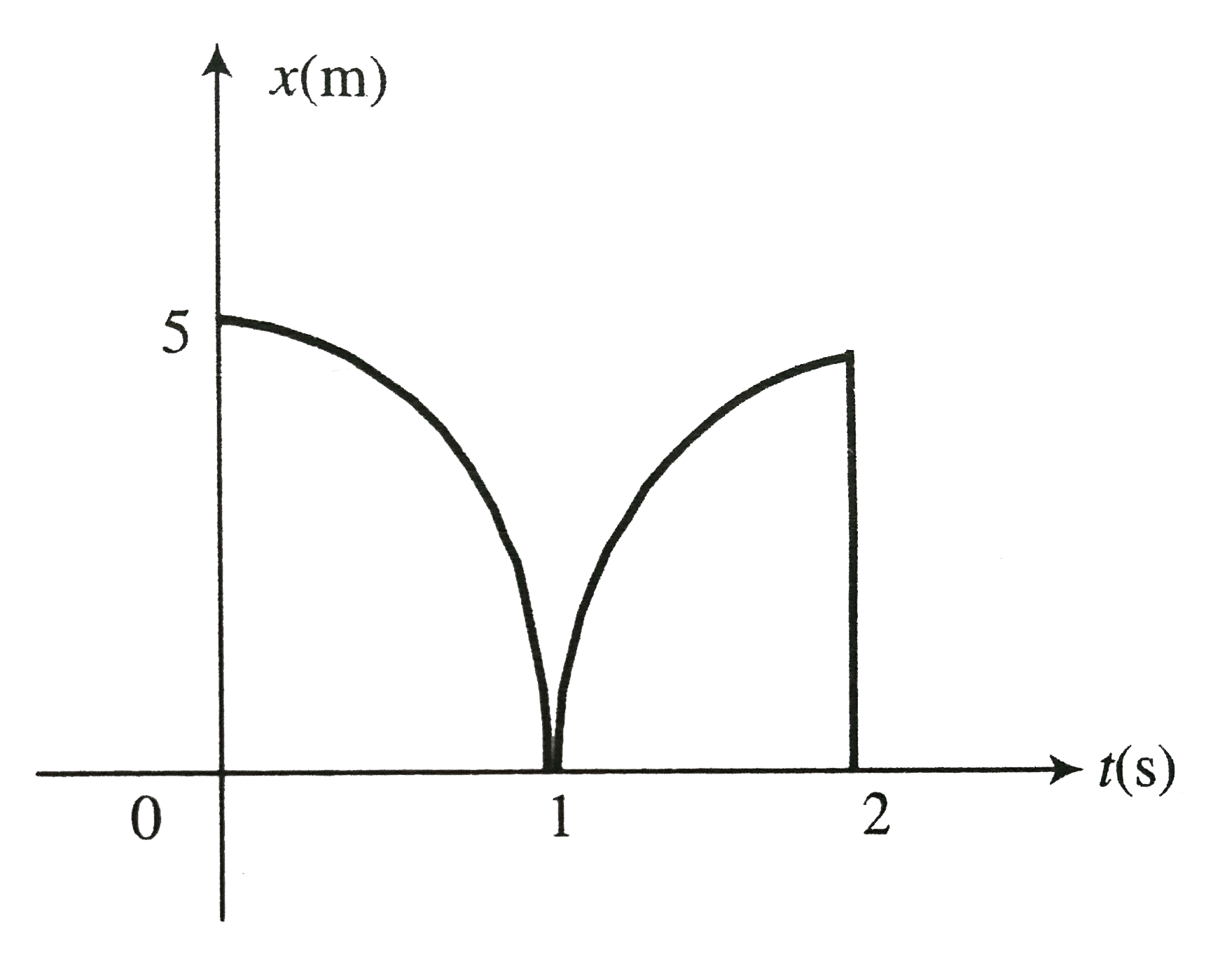 .
.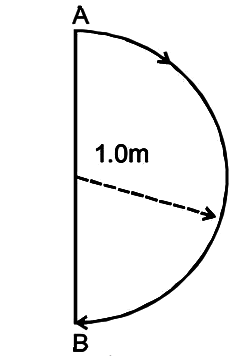
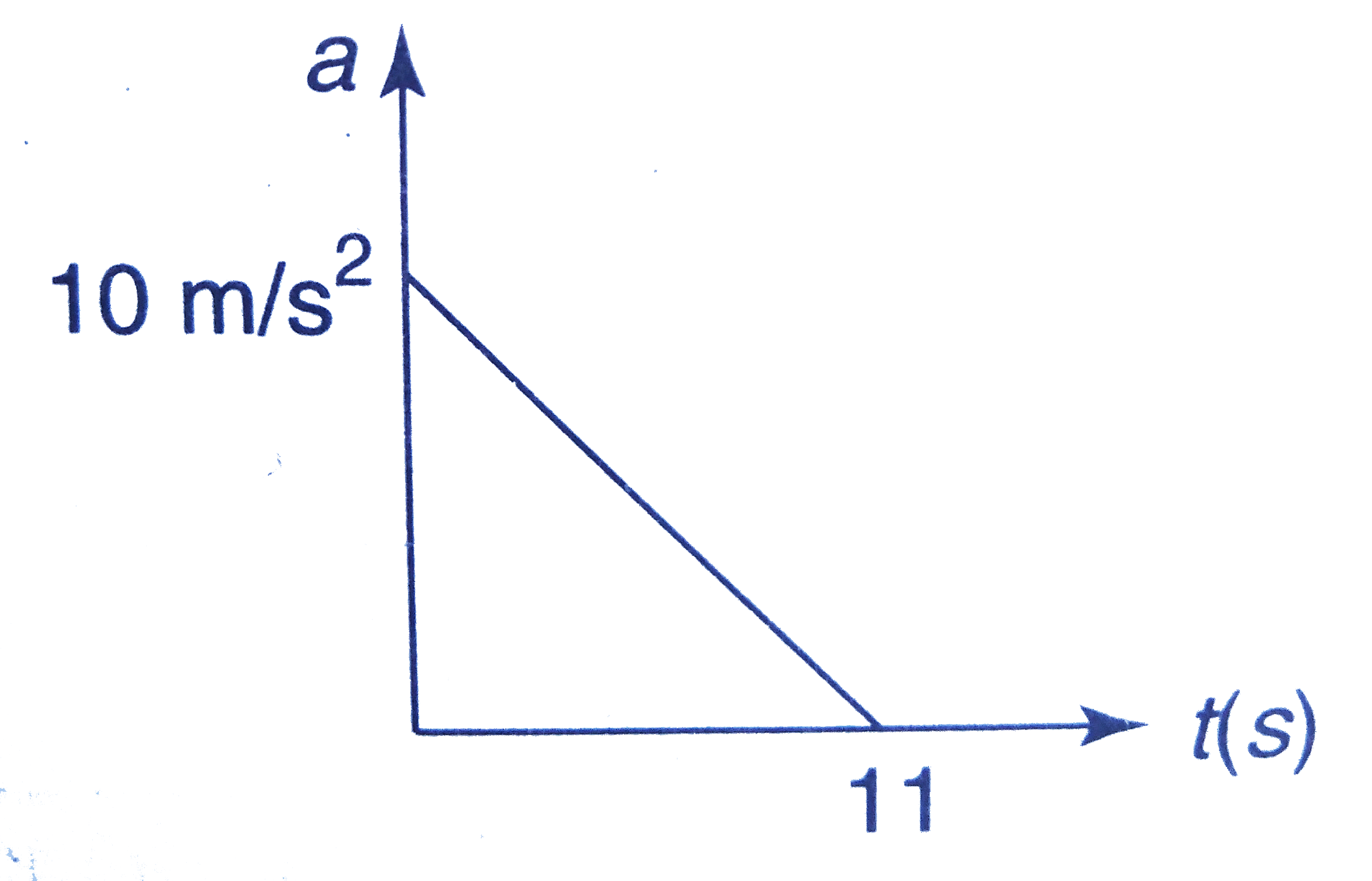
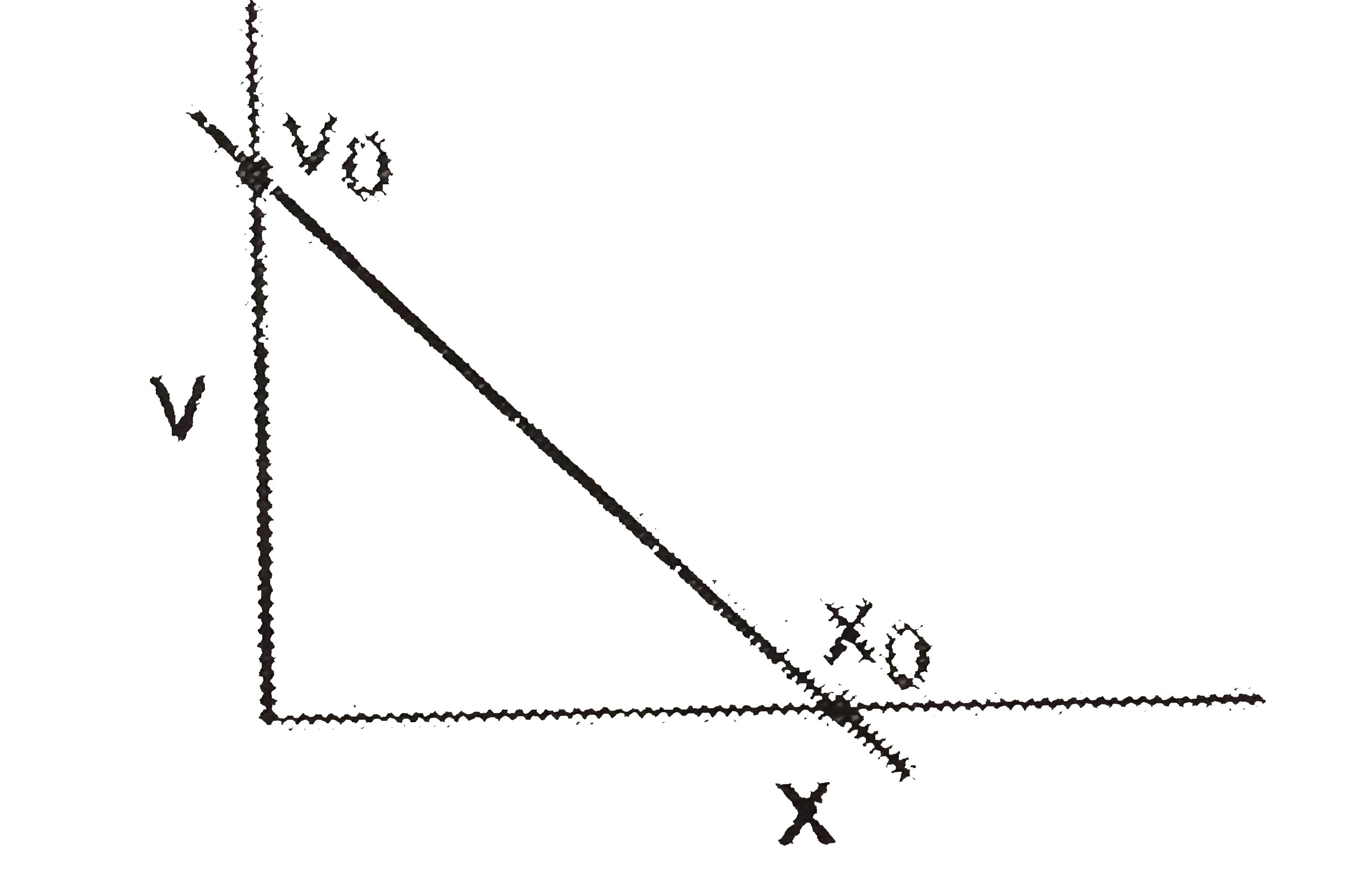
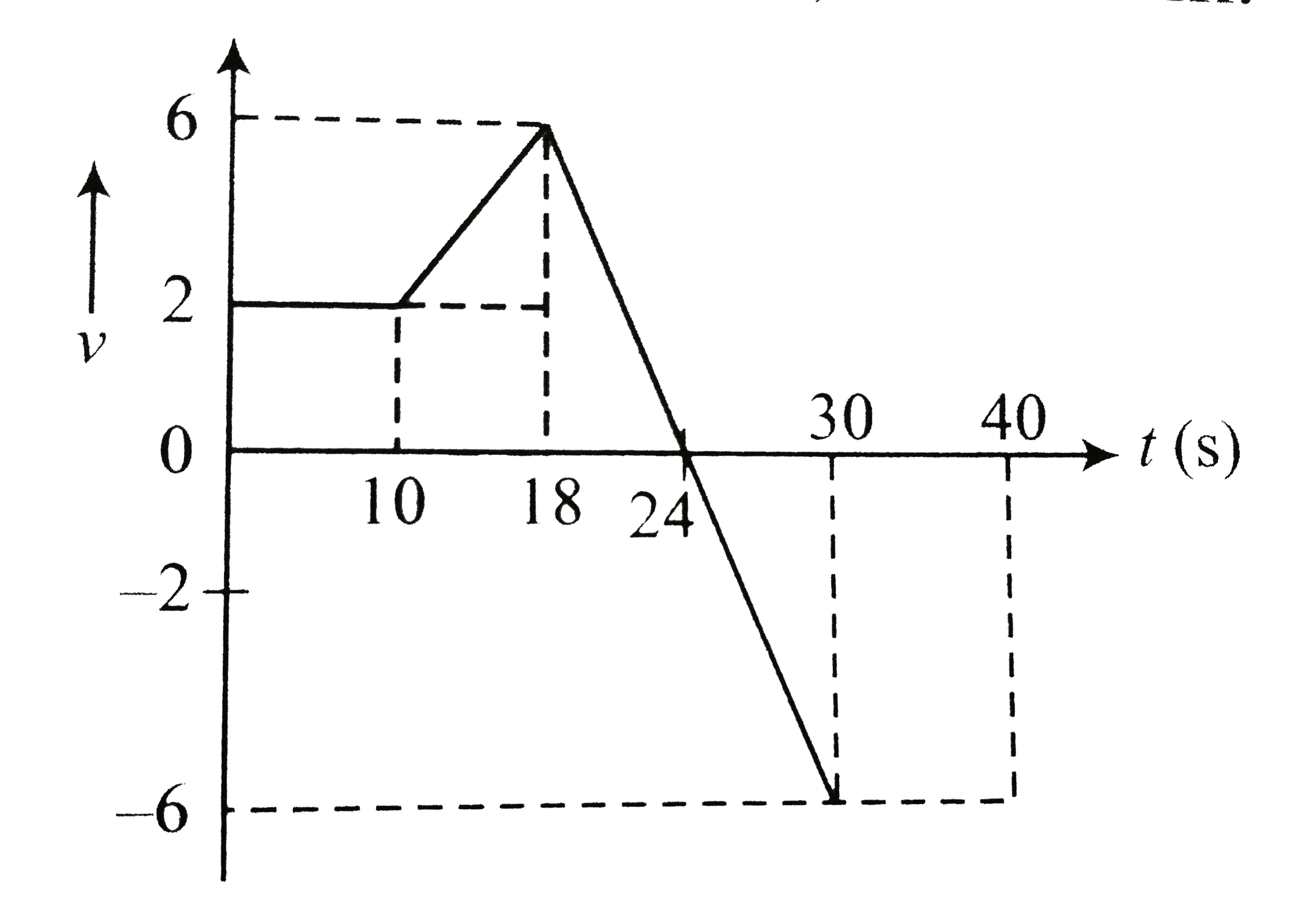 .
.